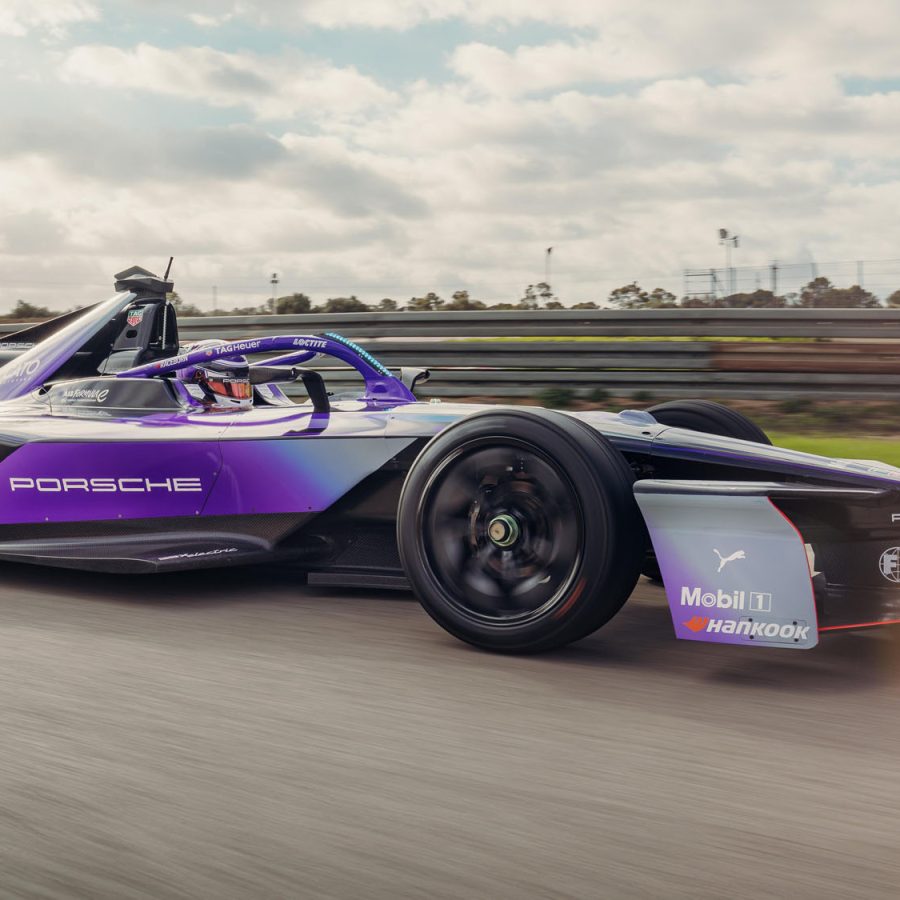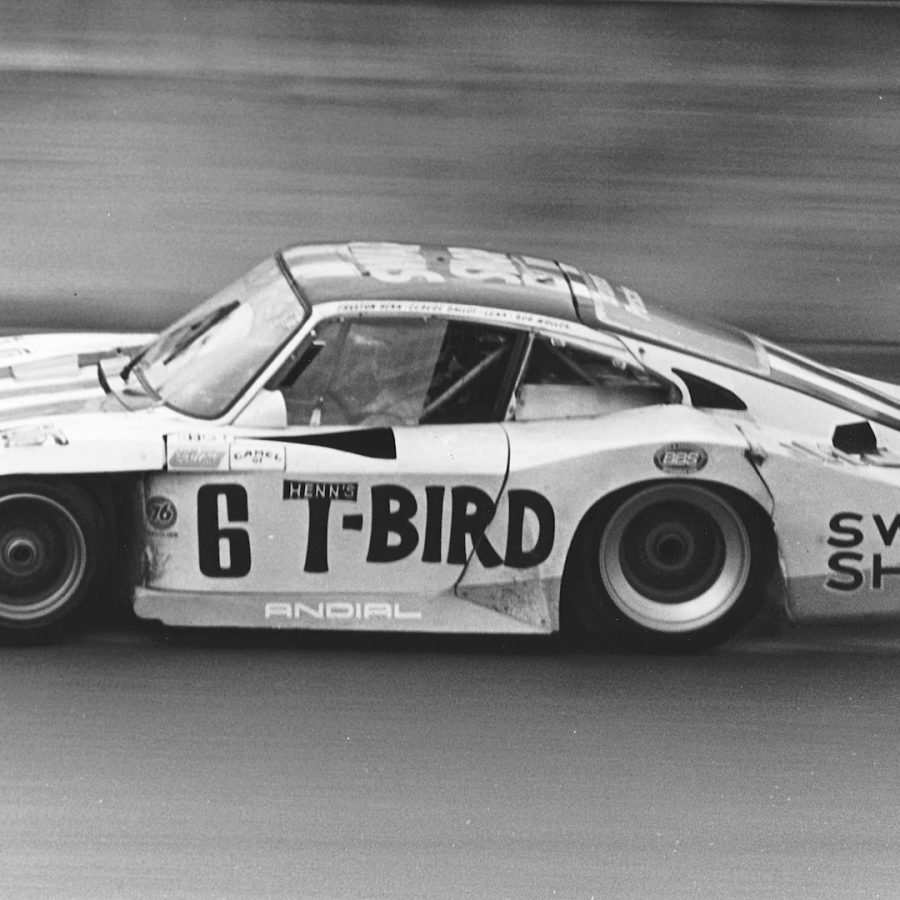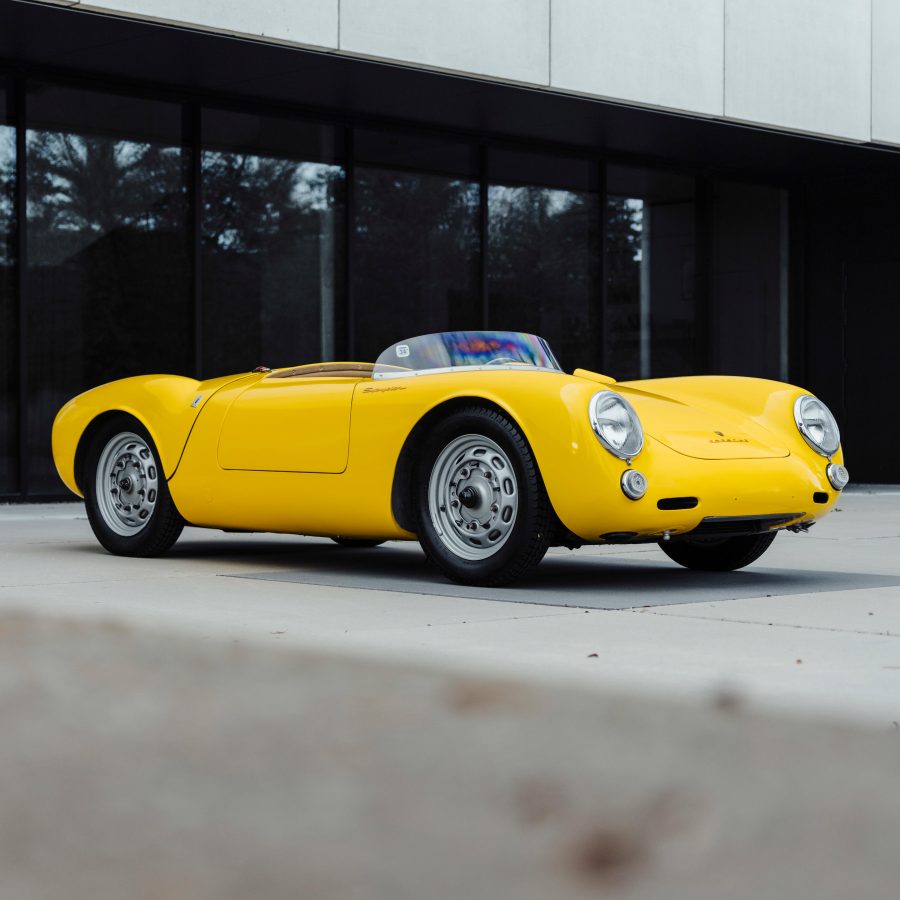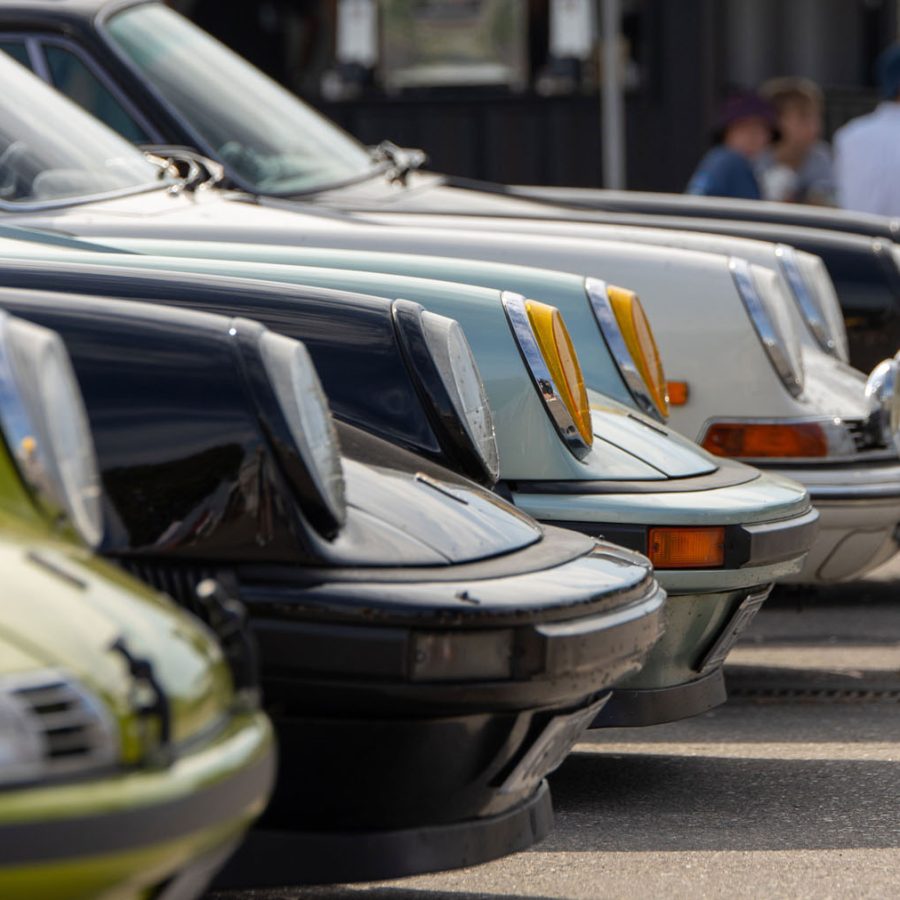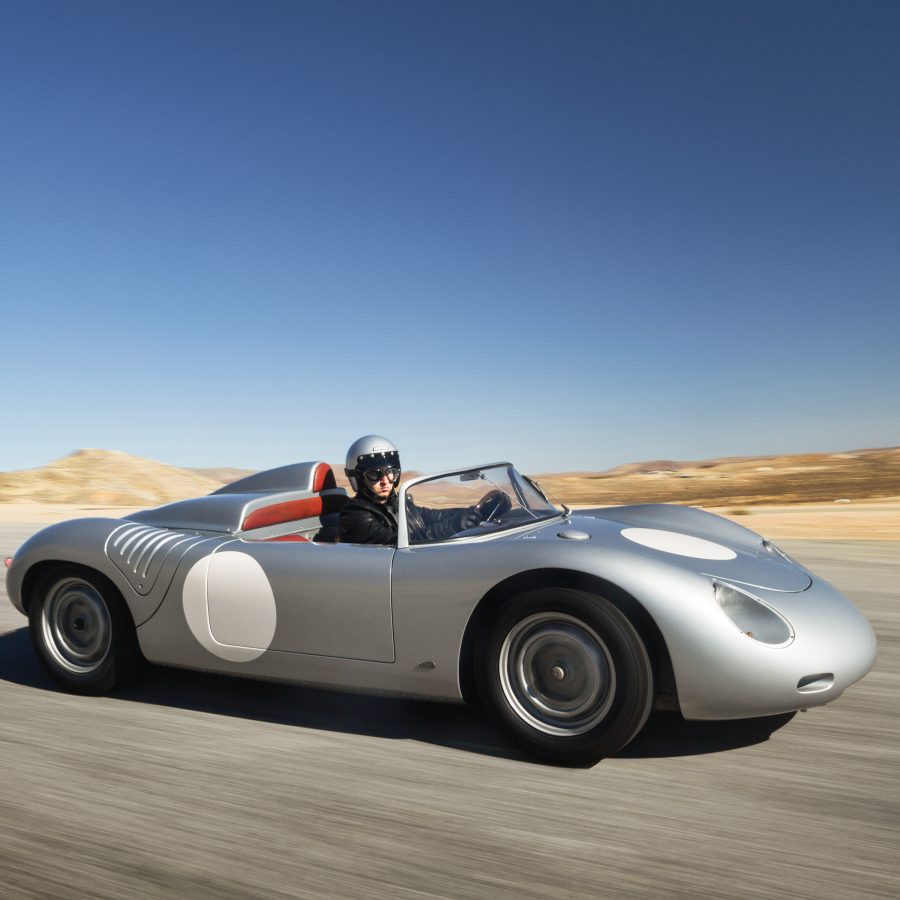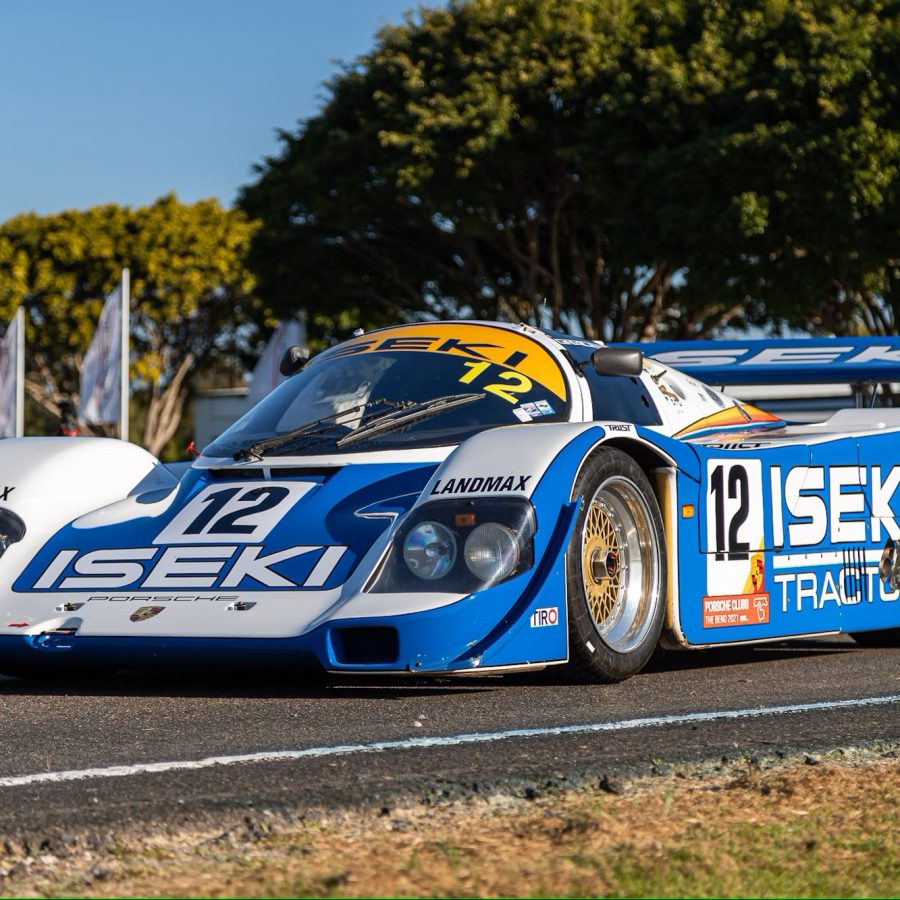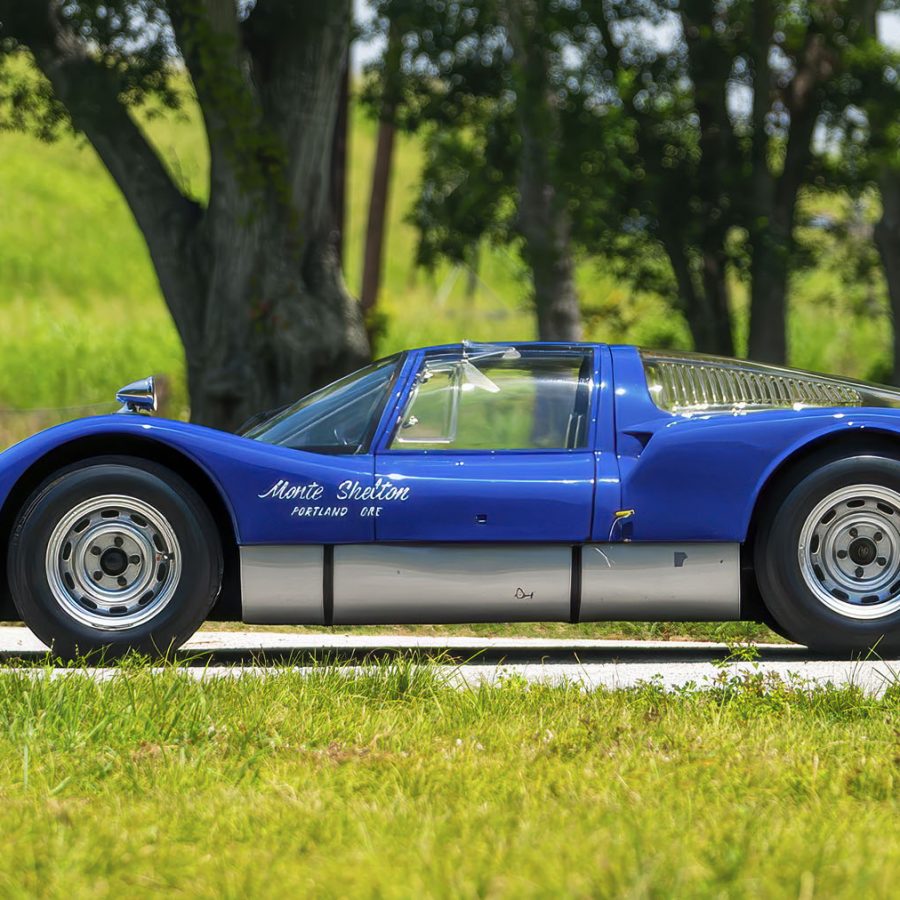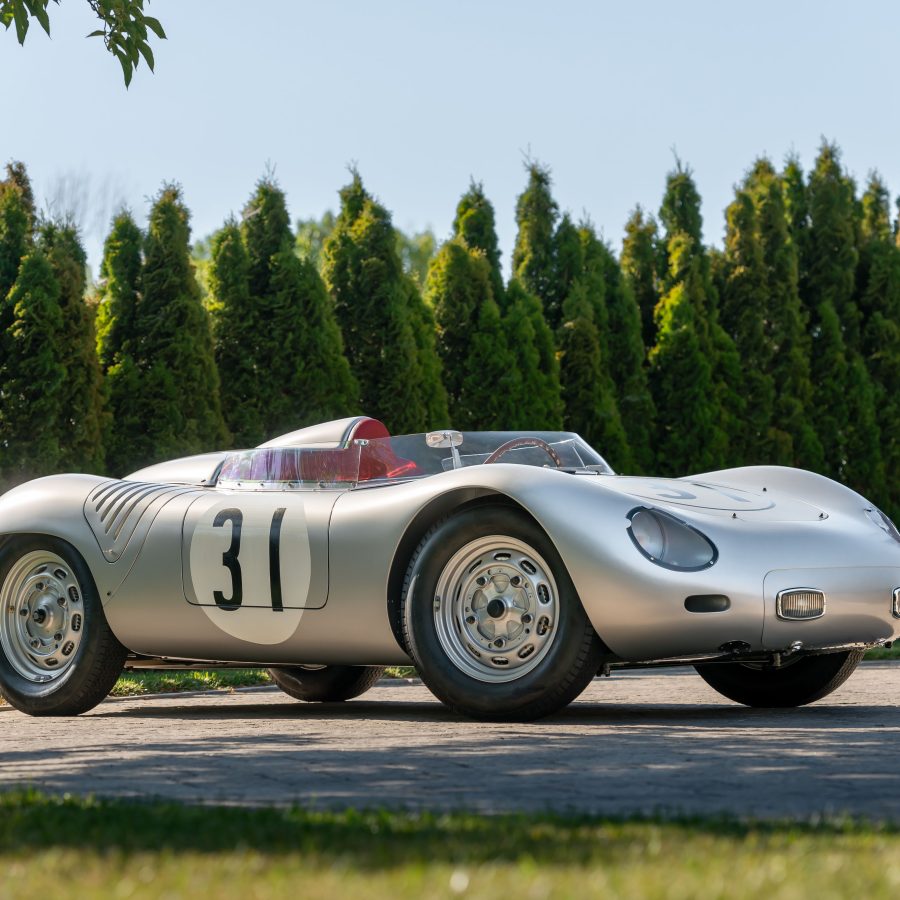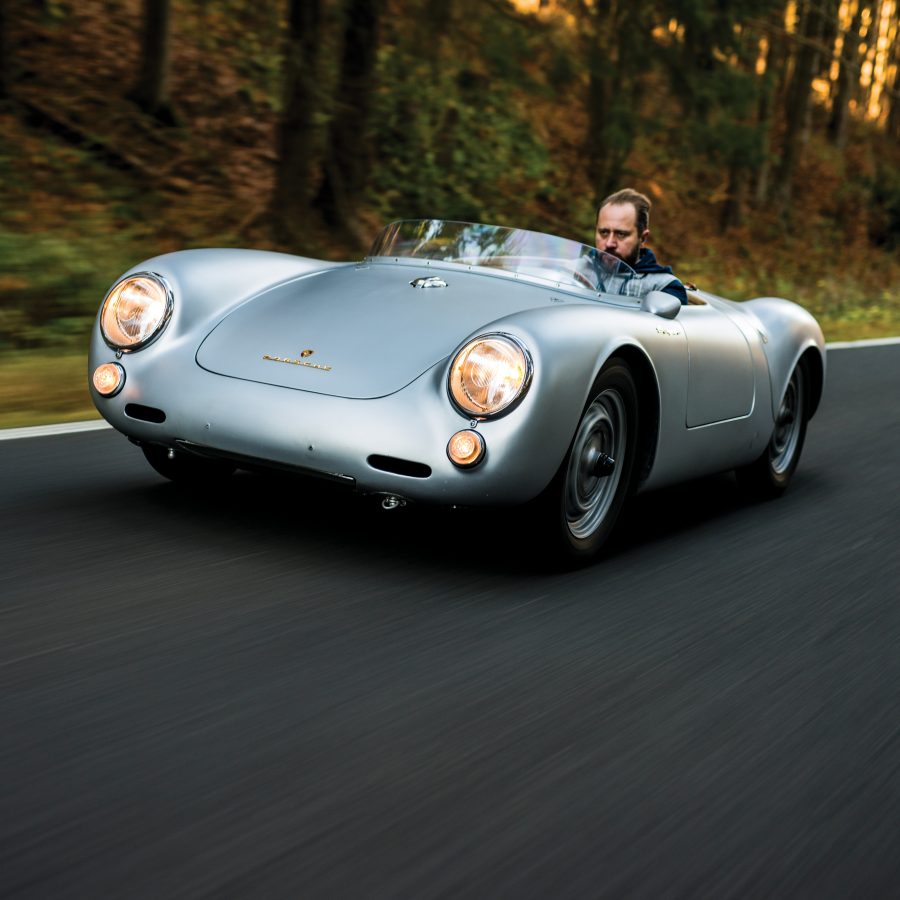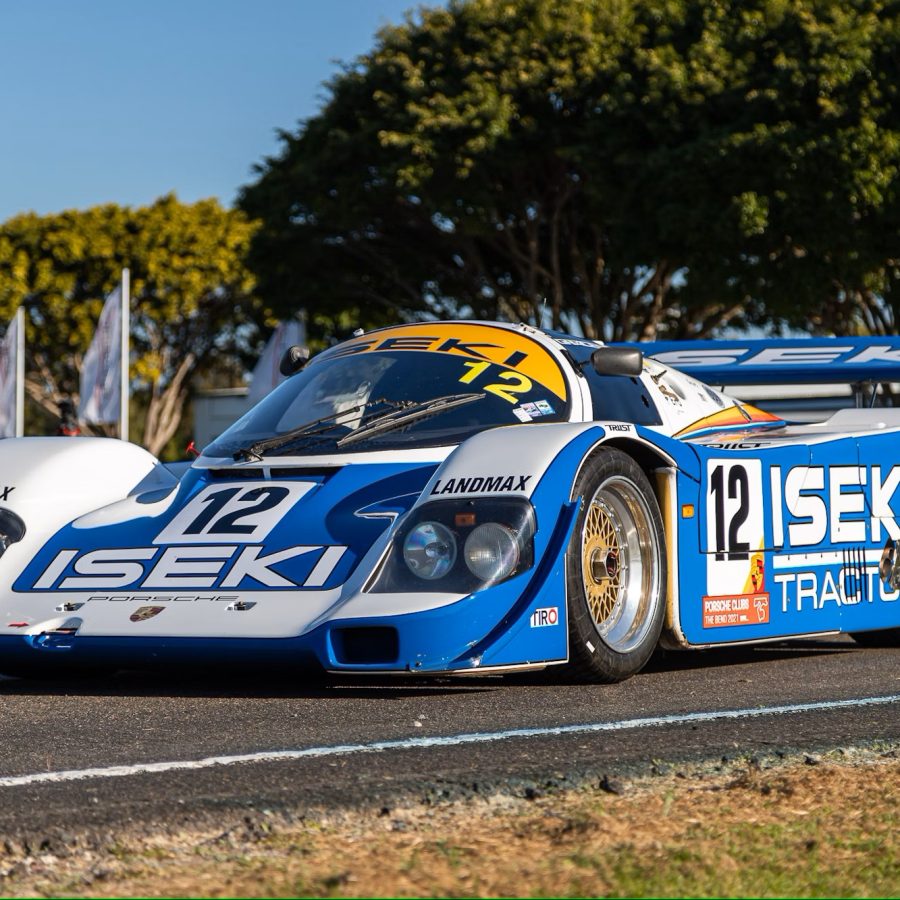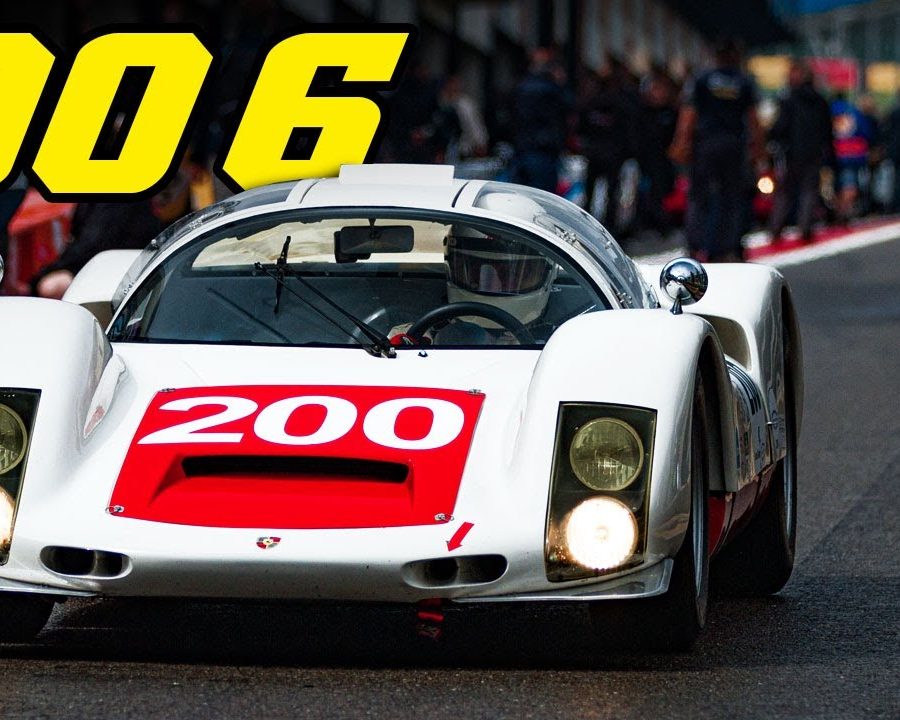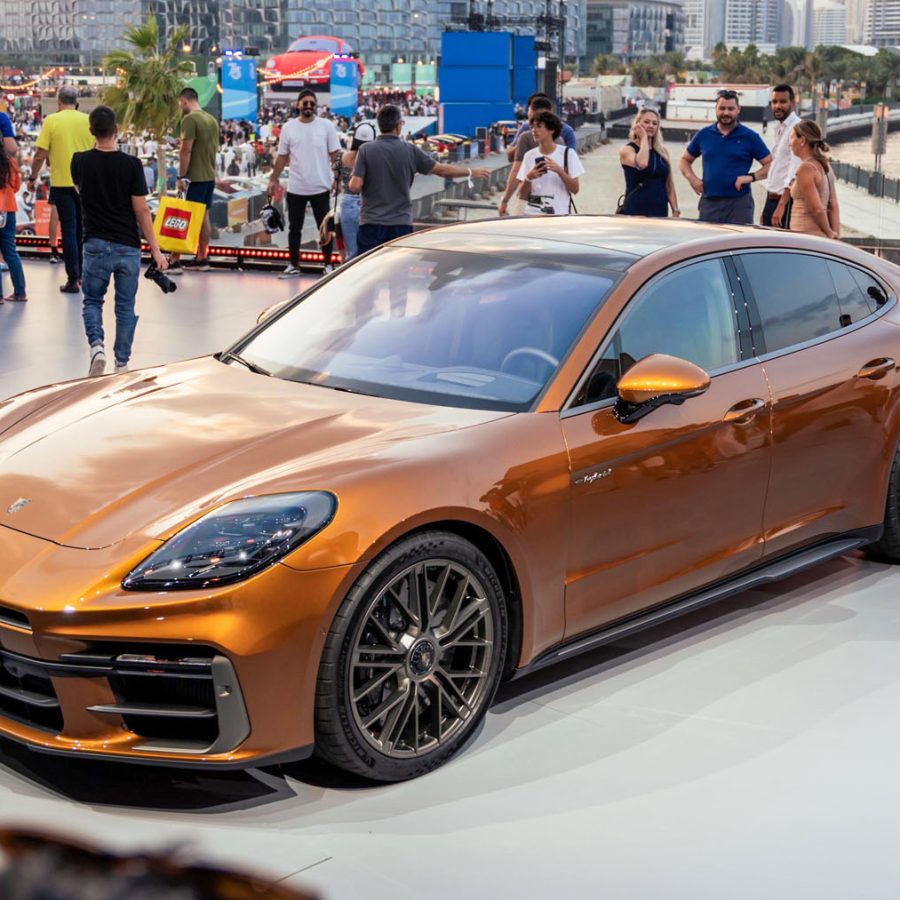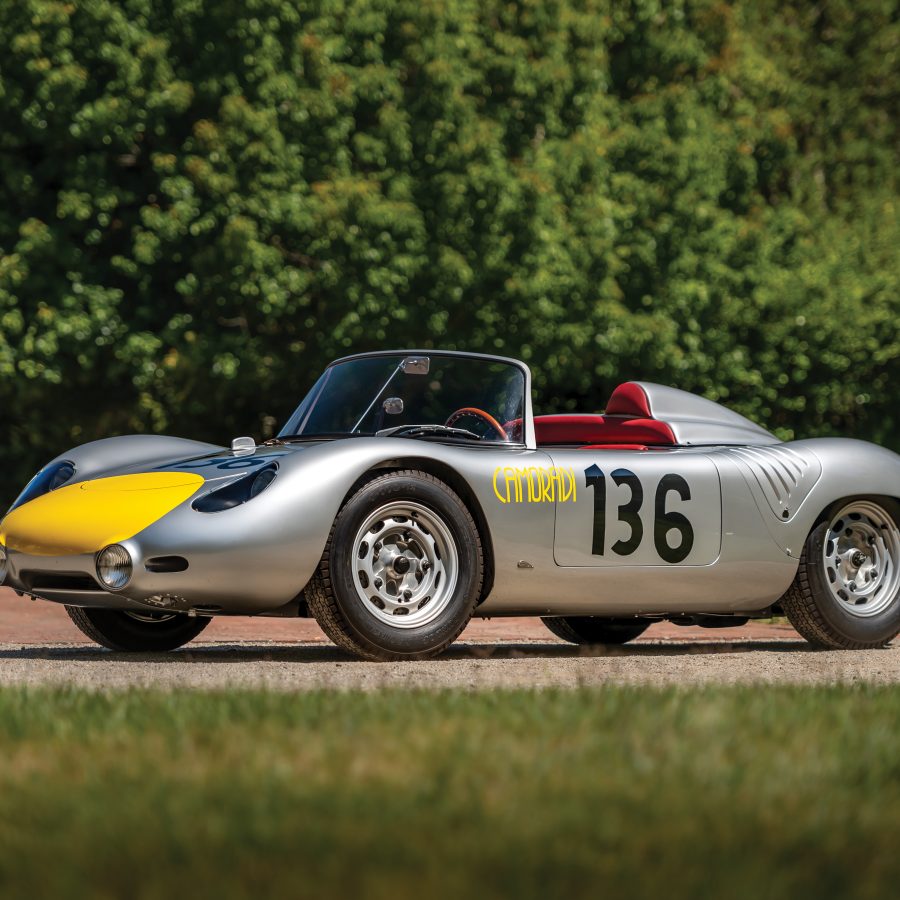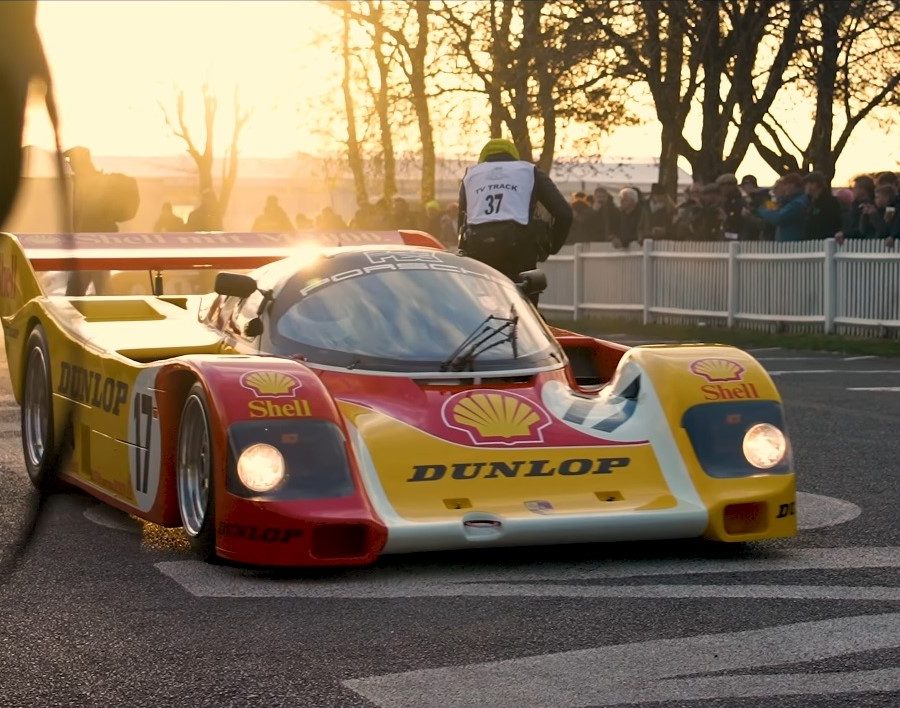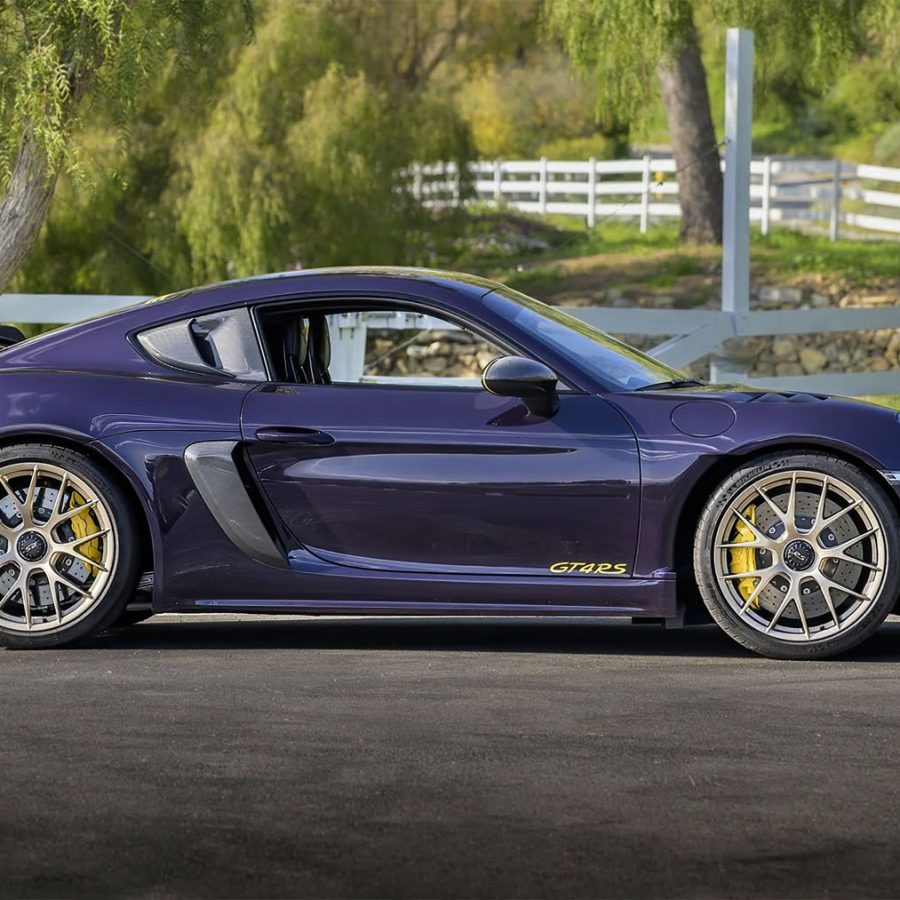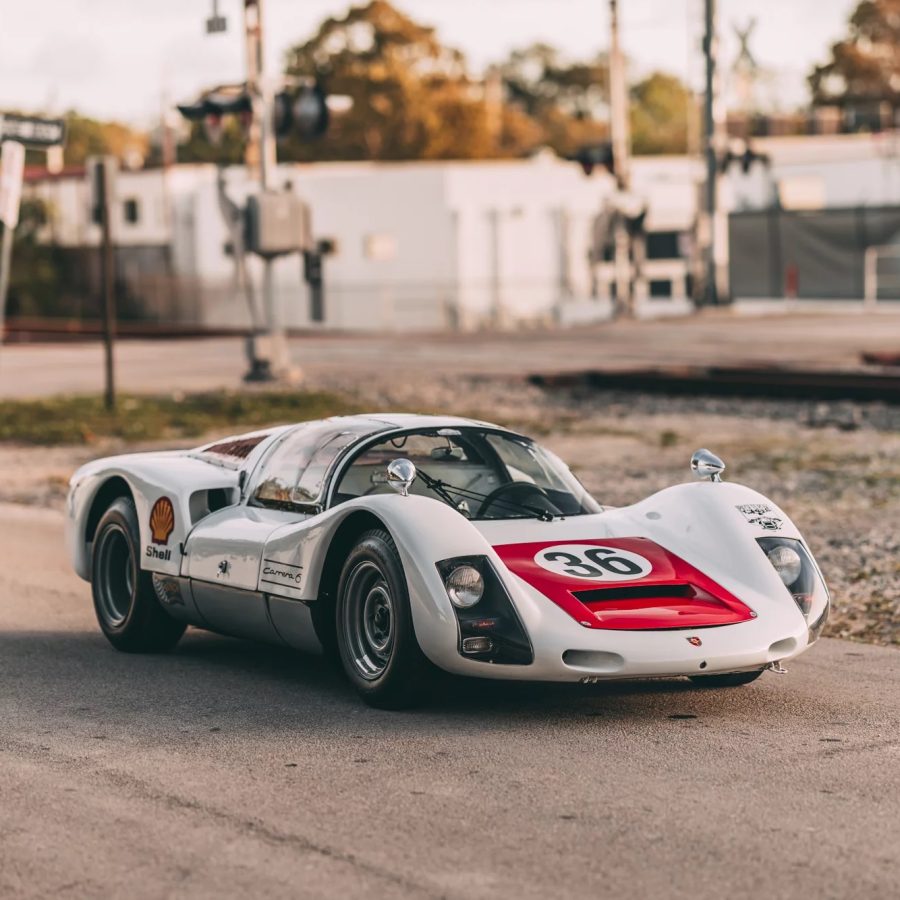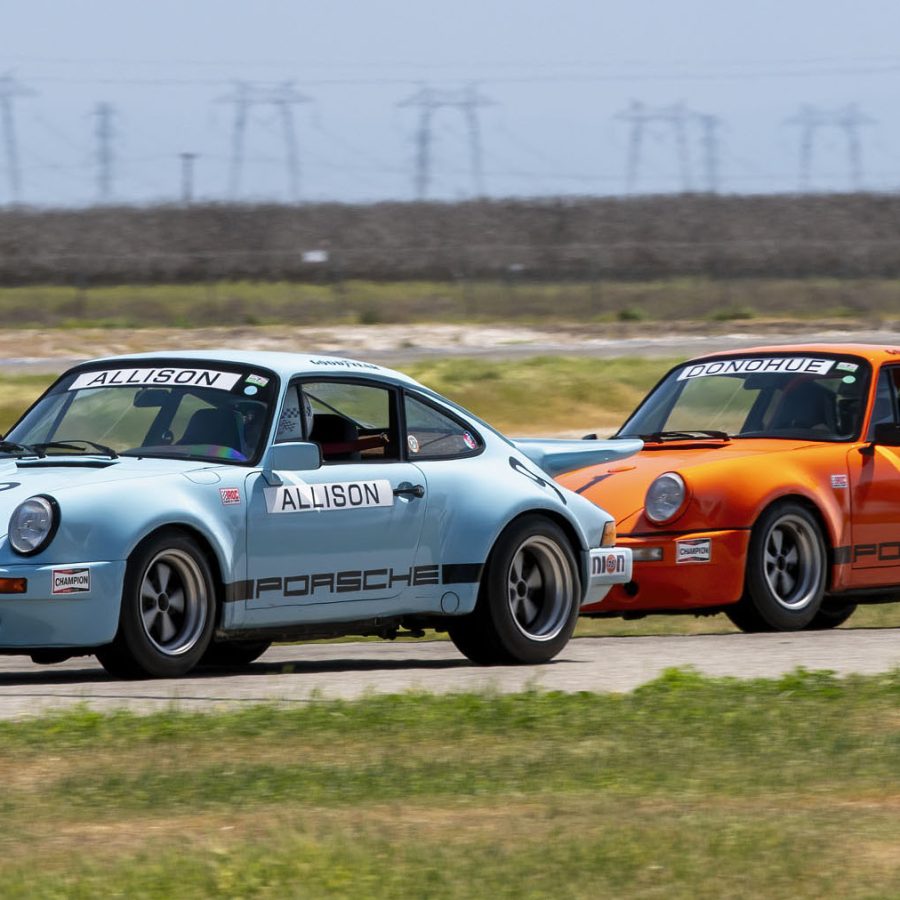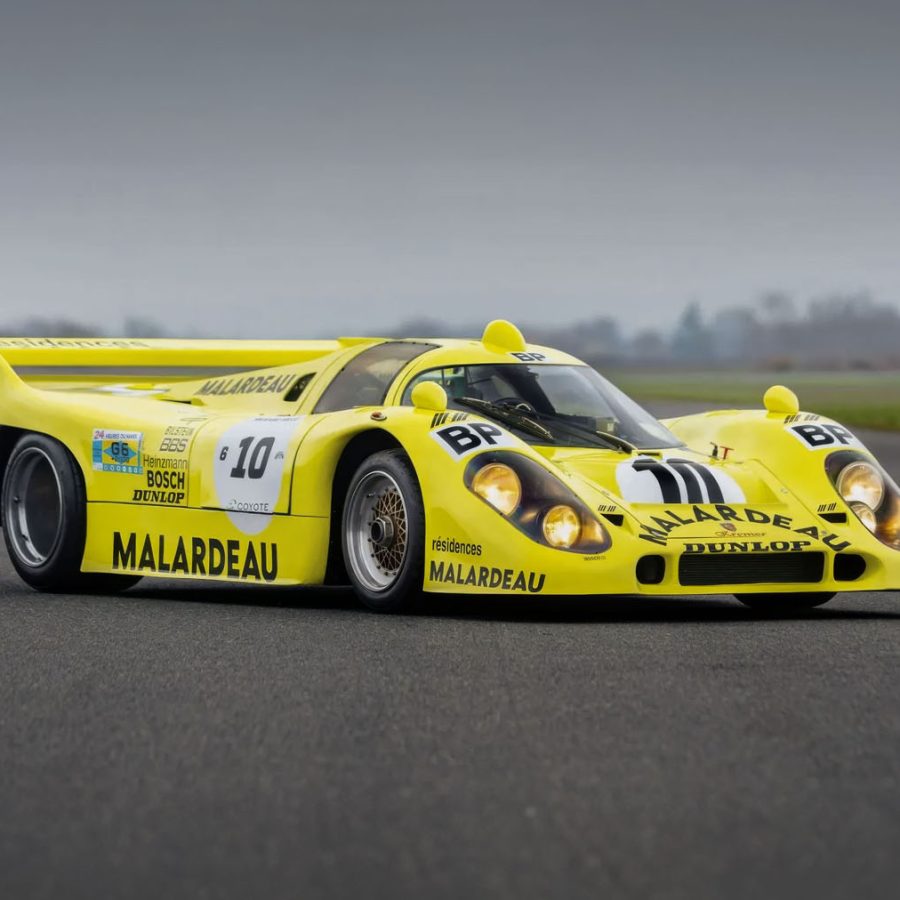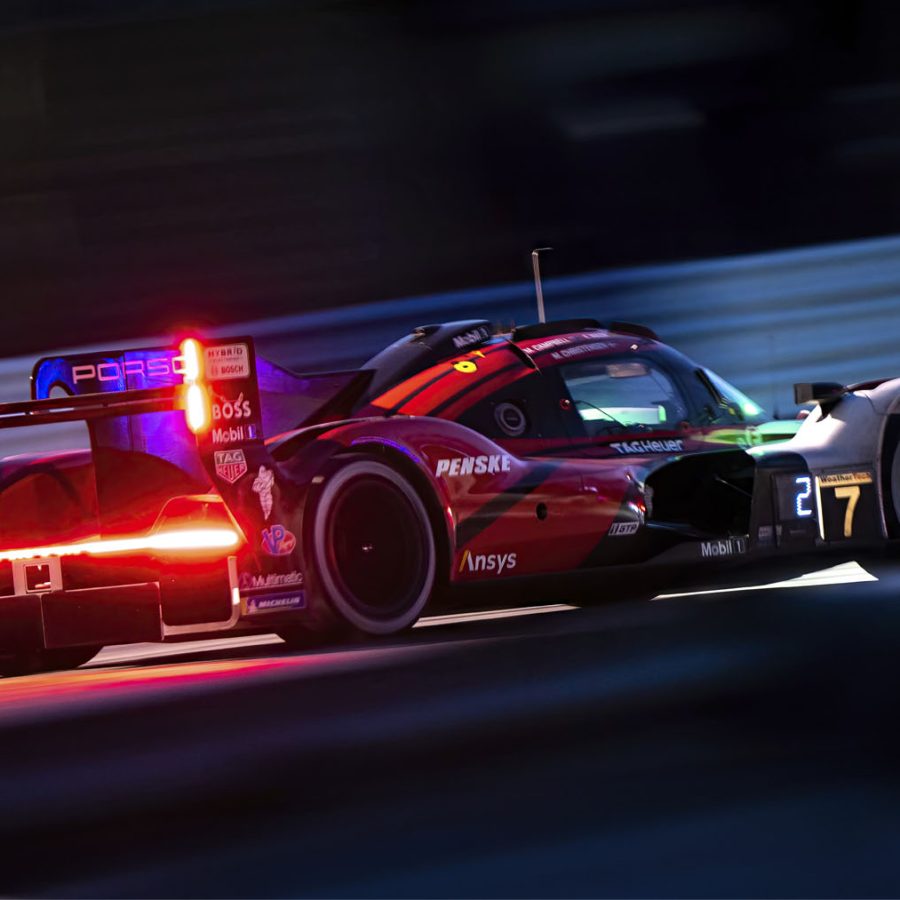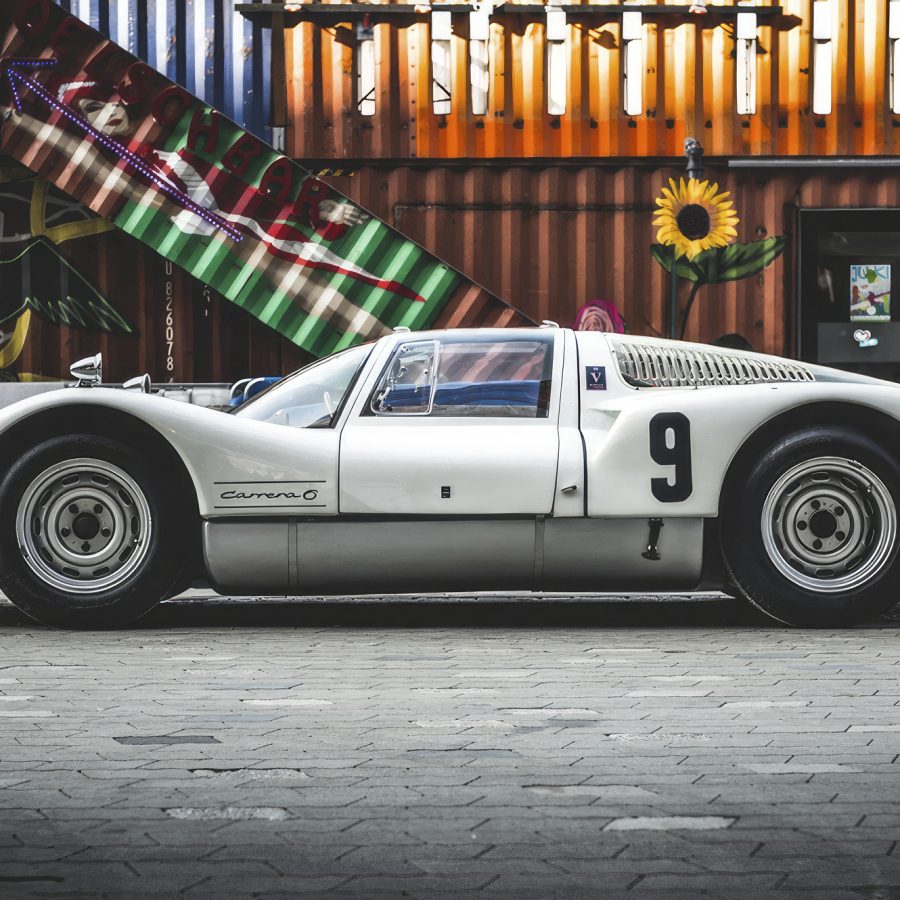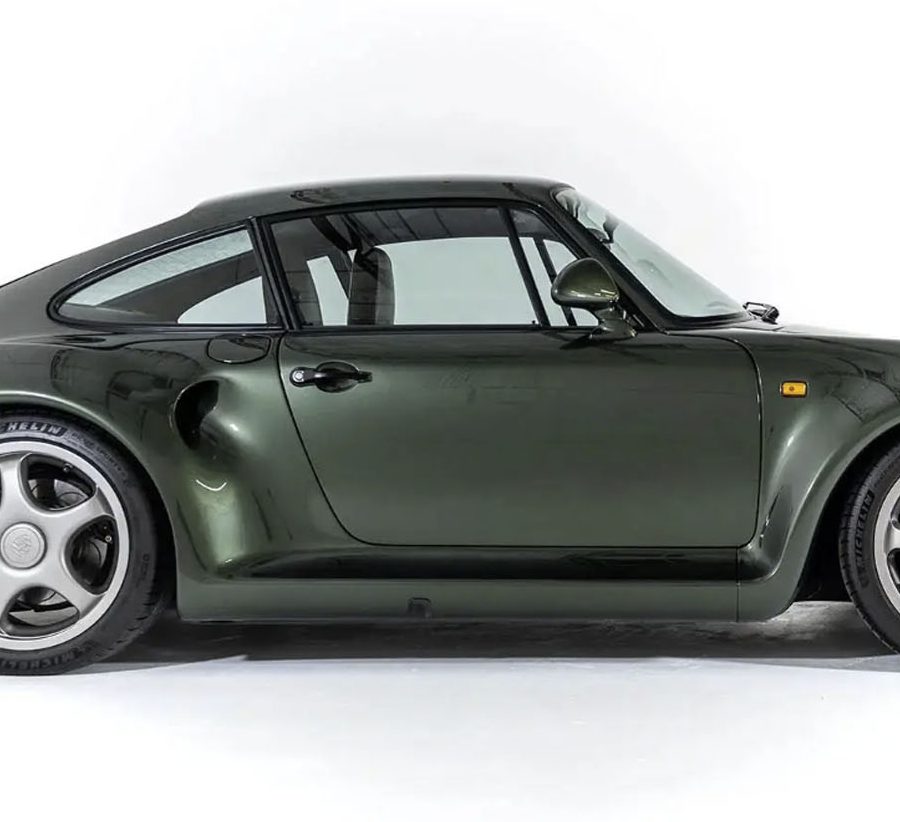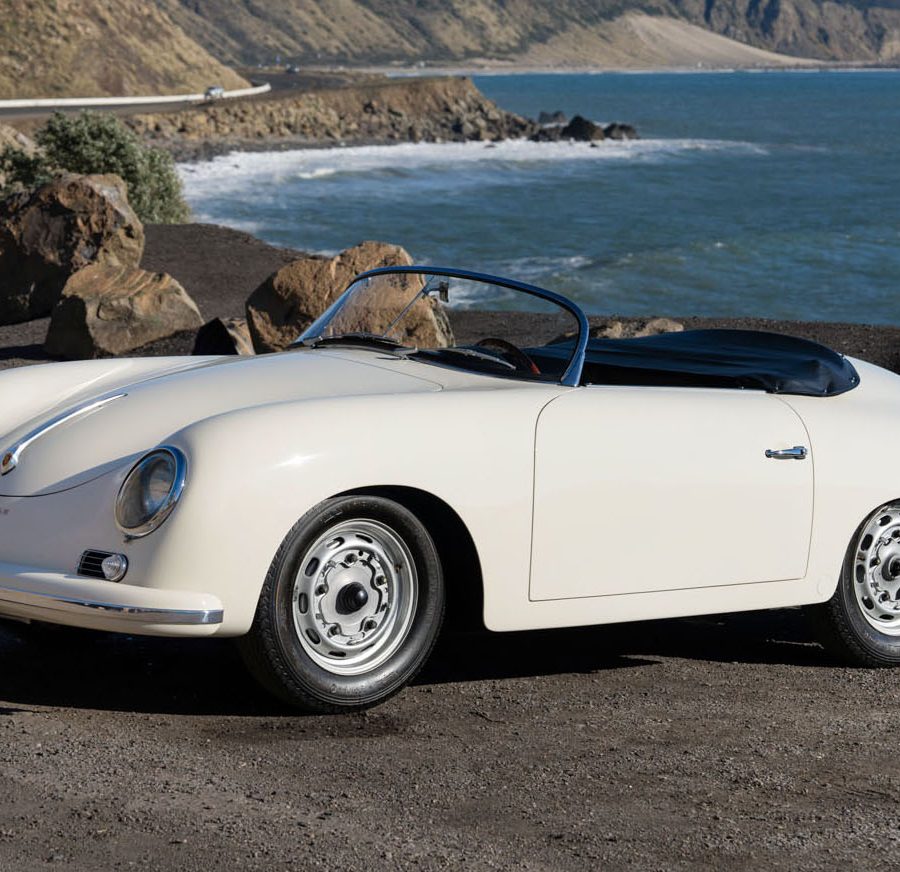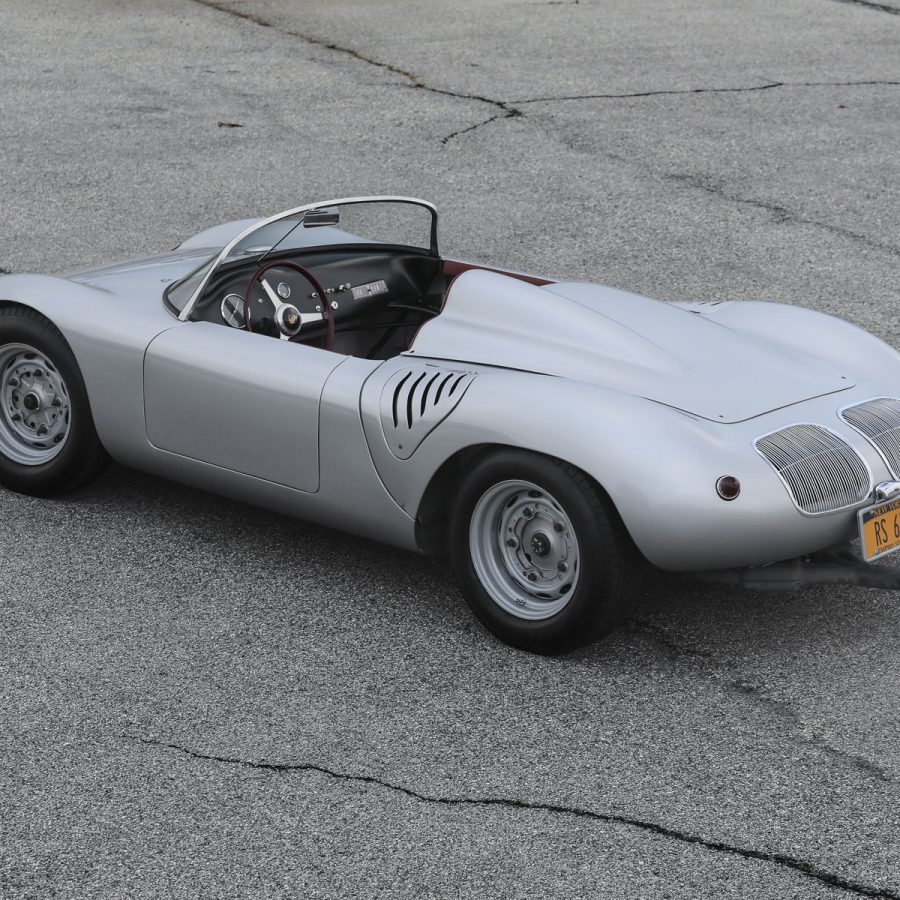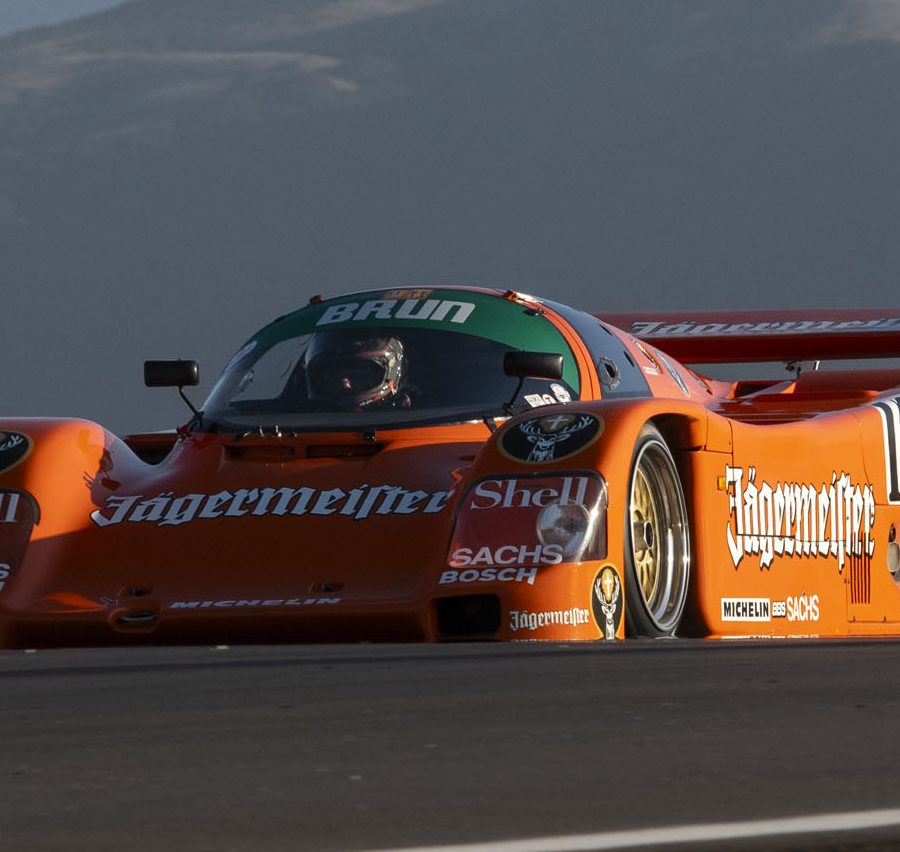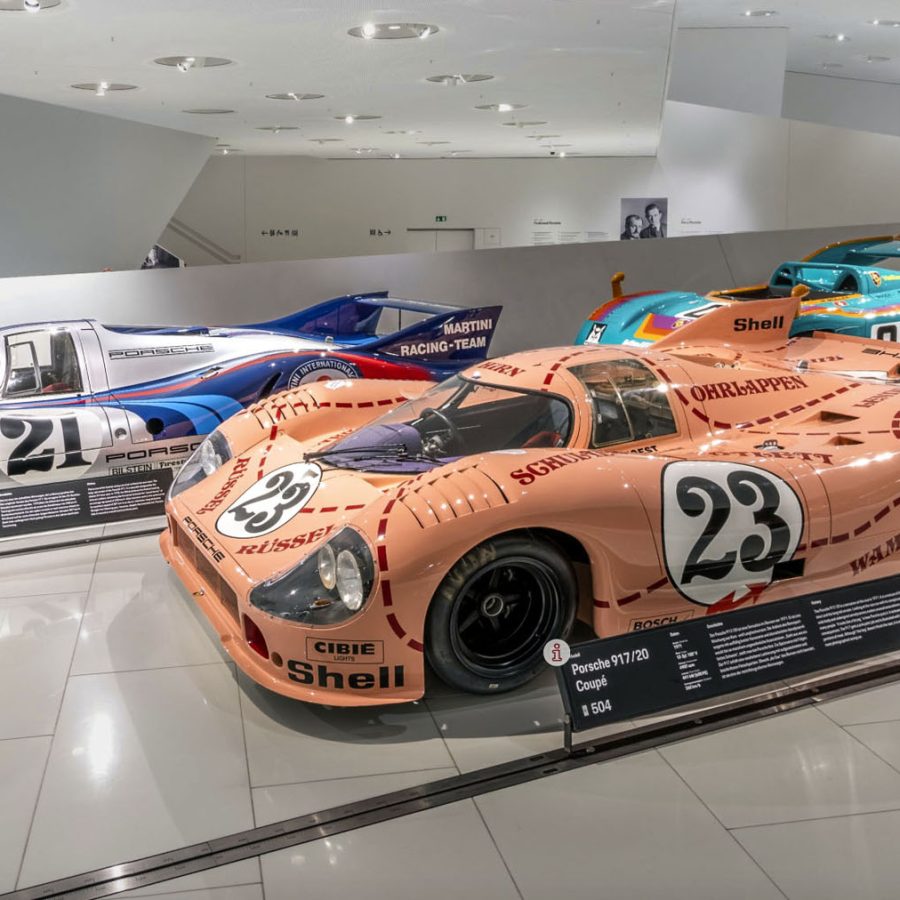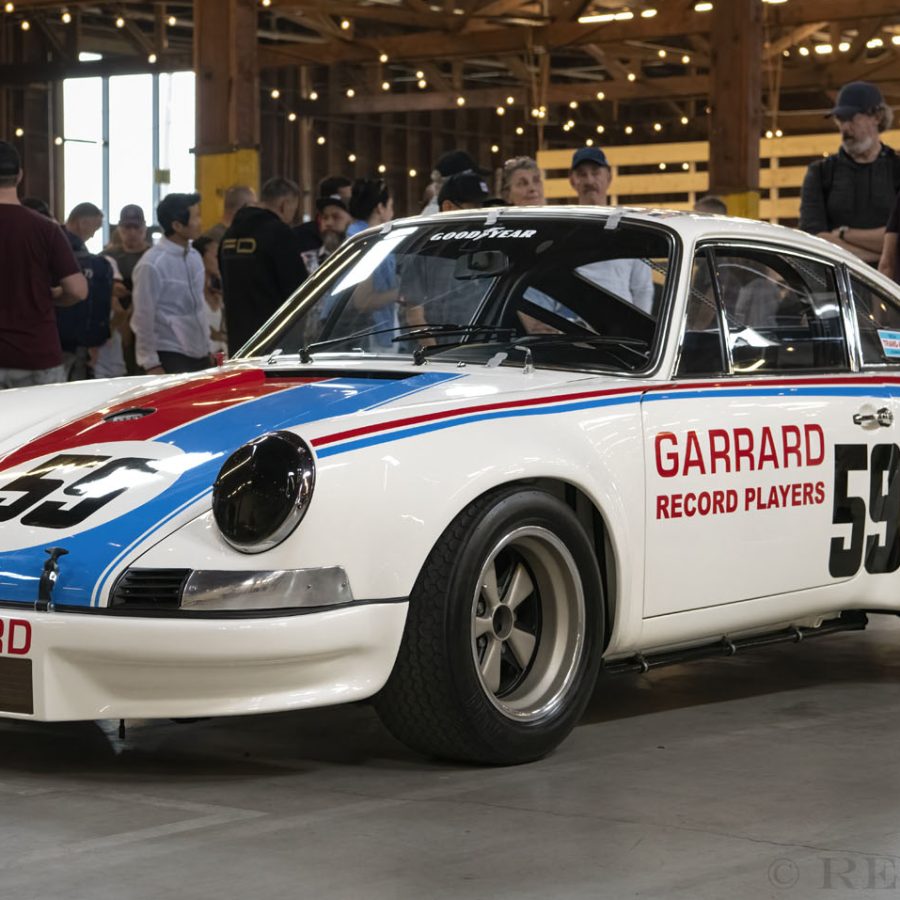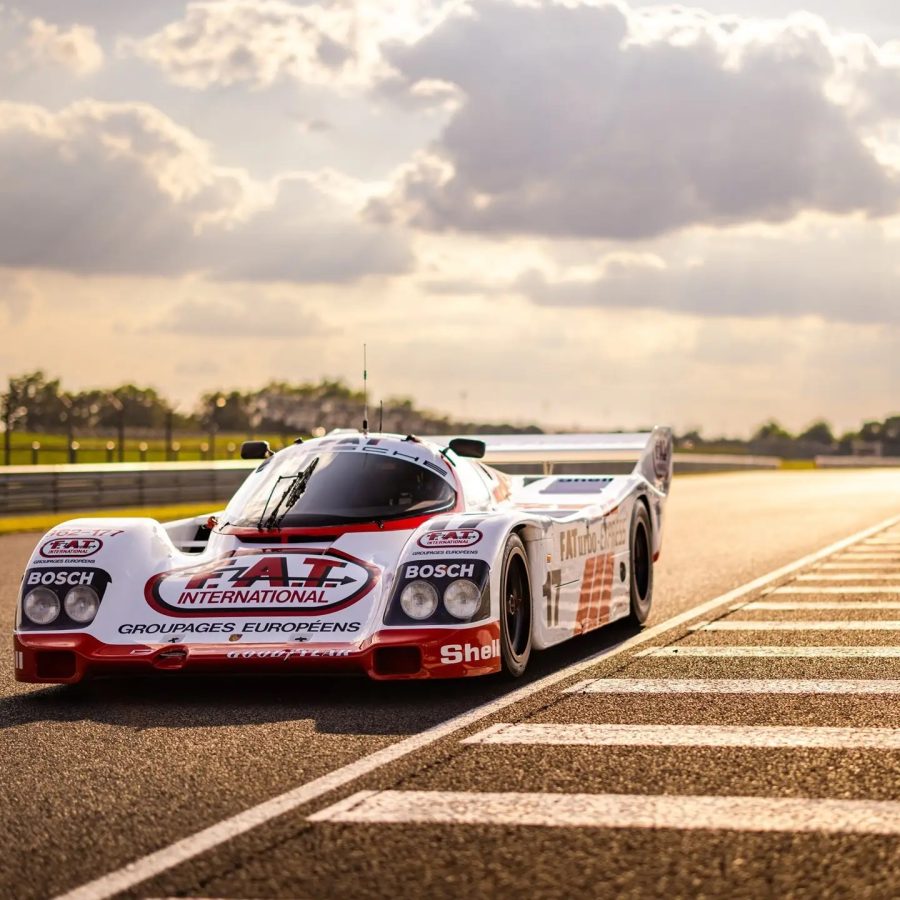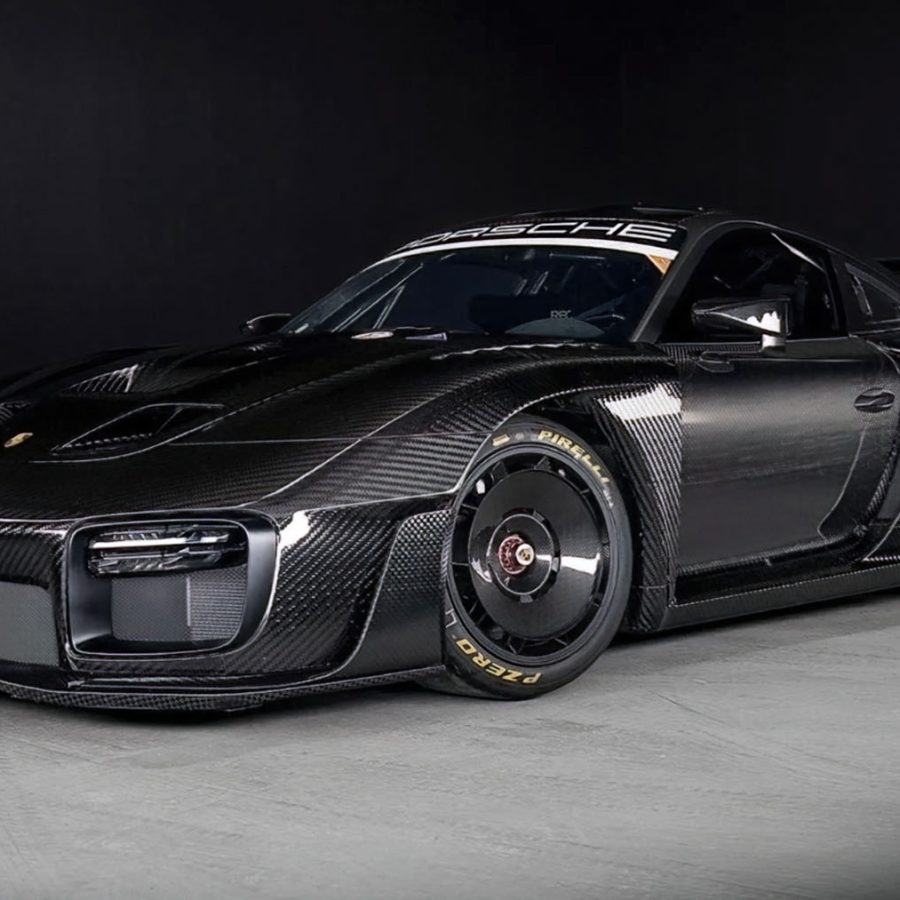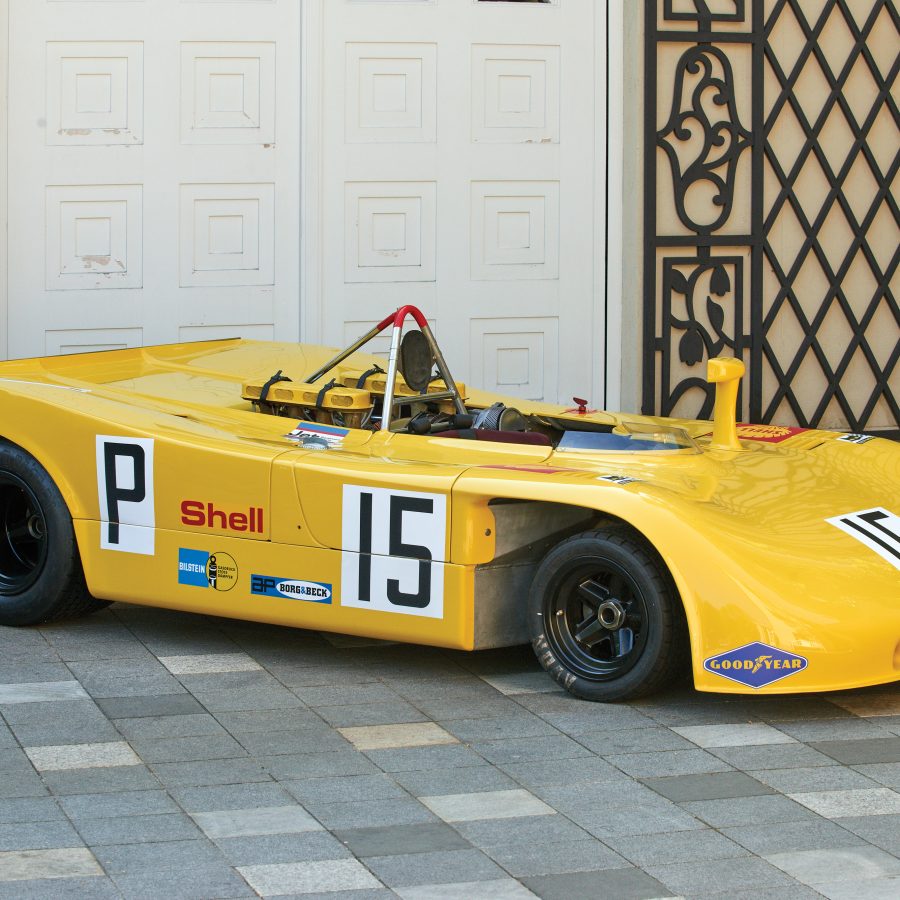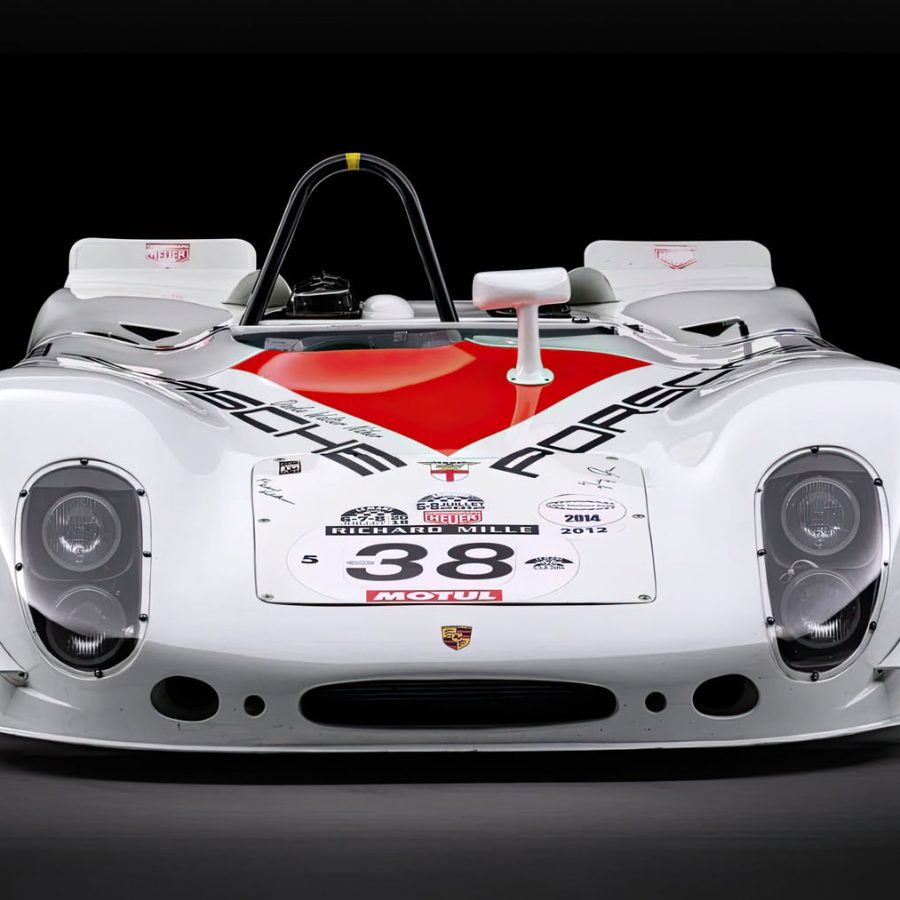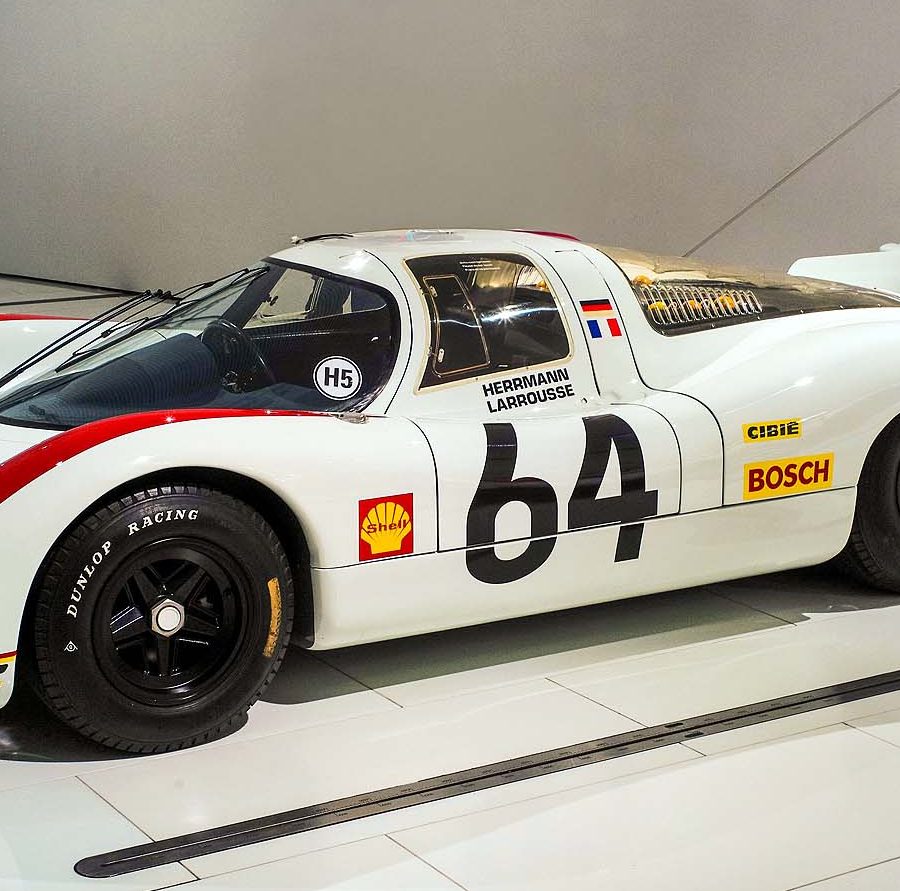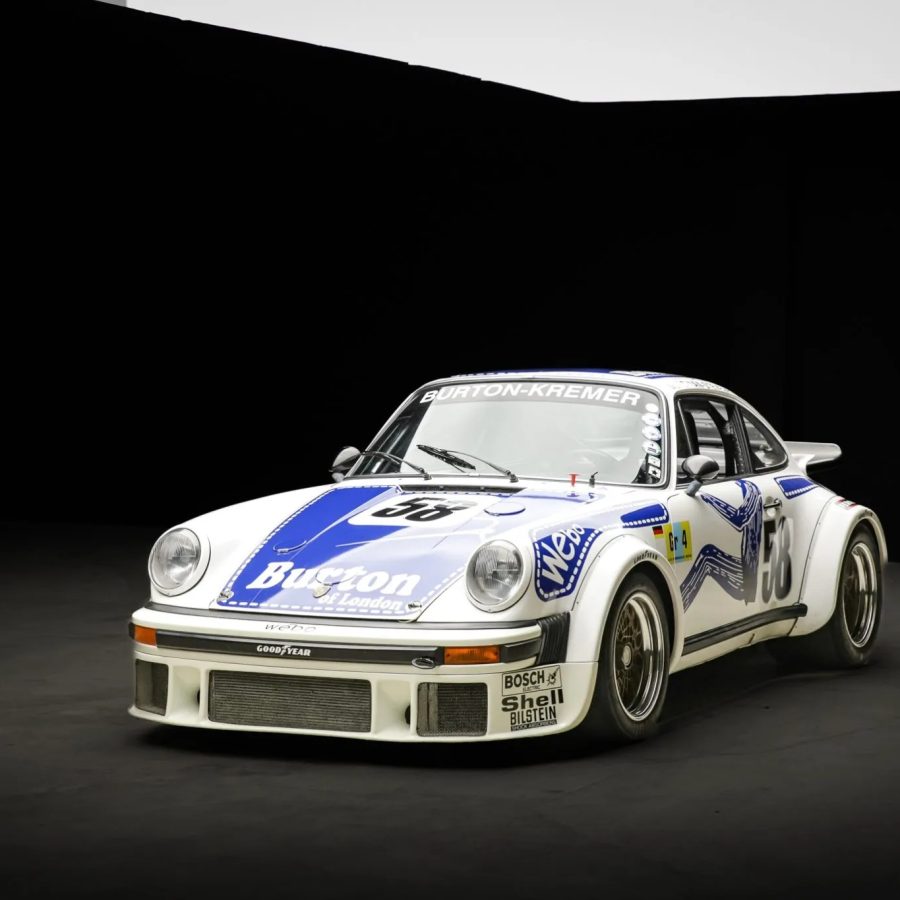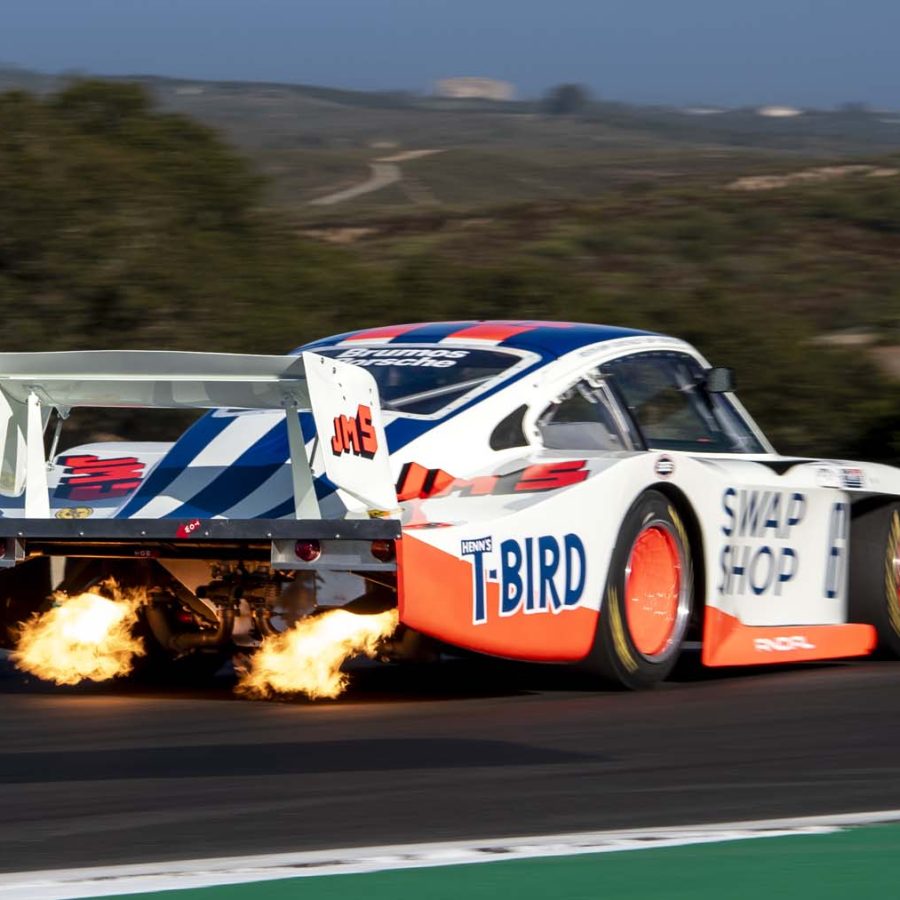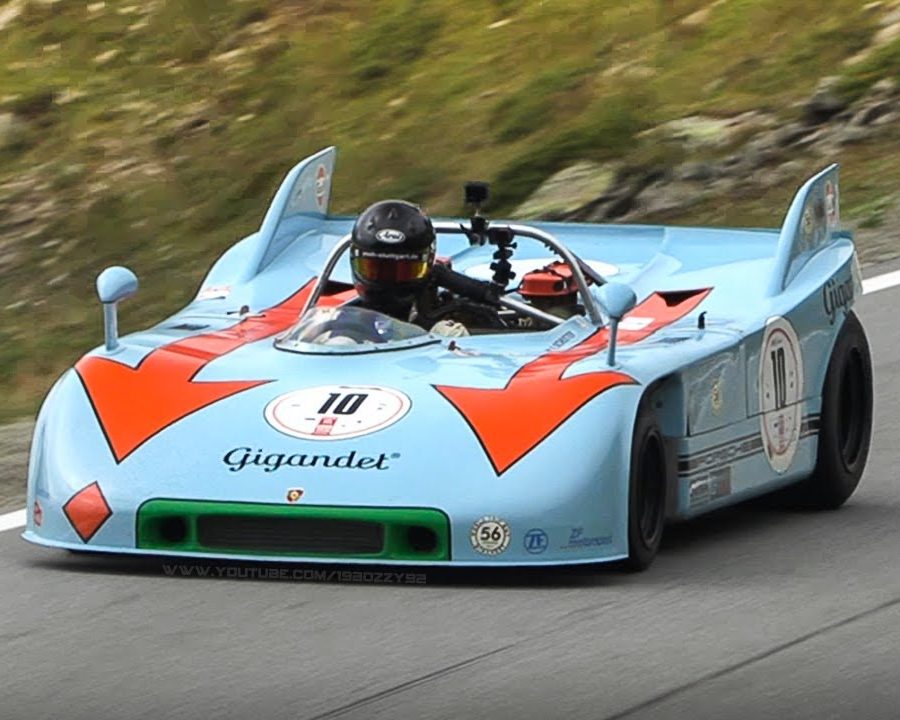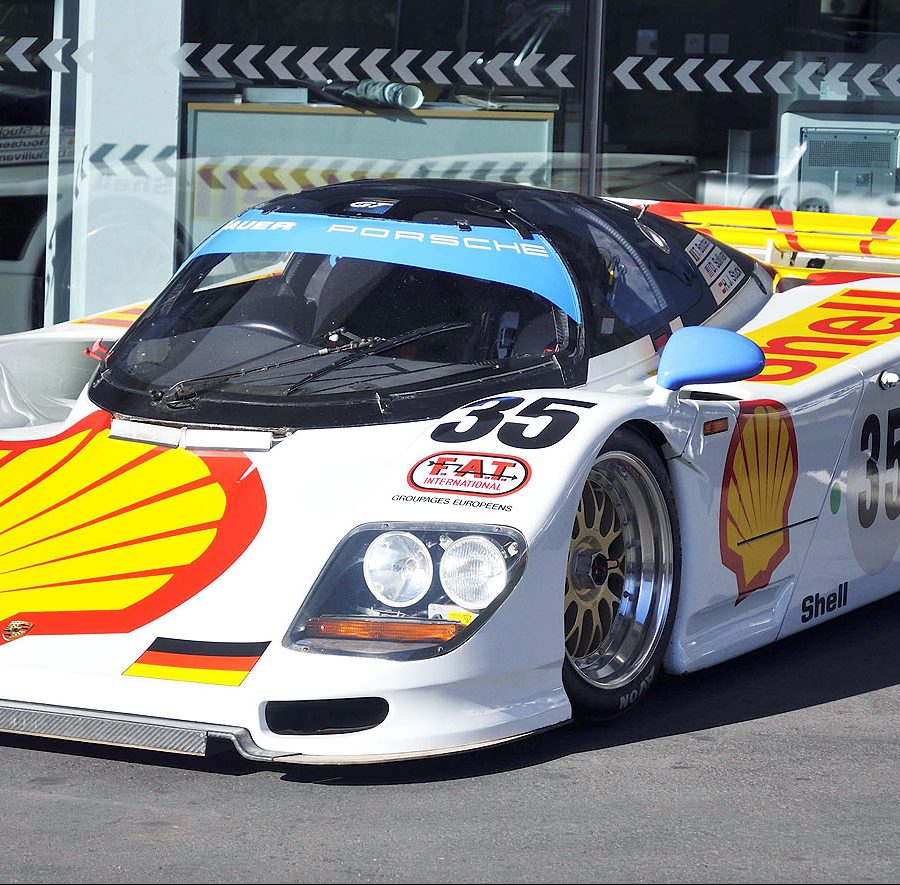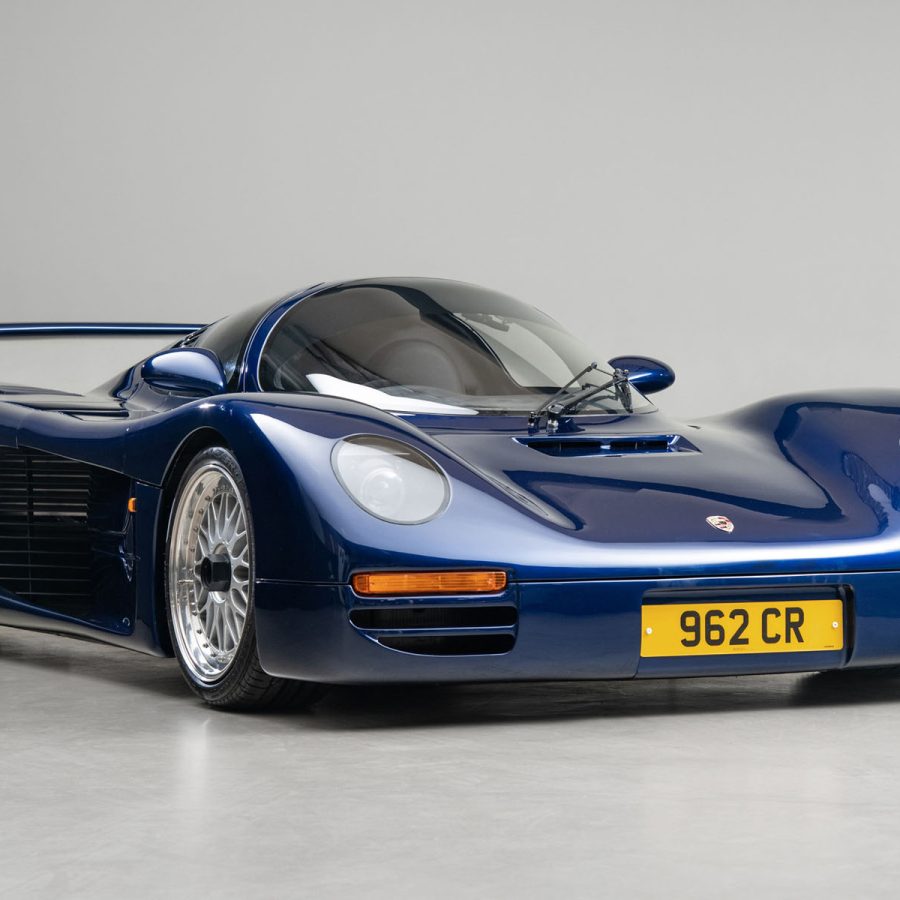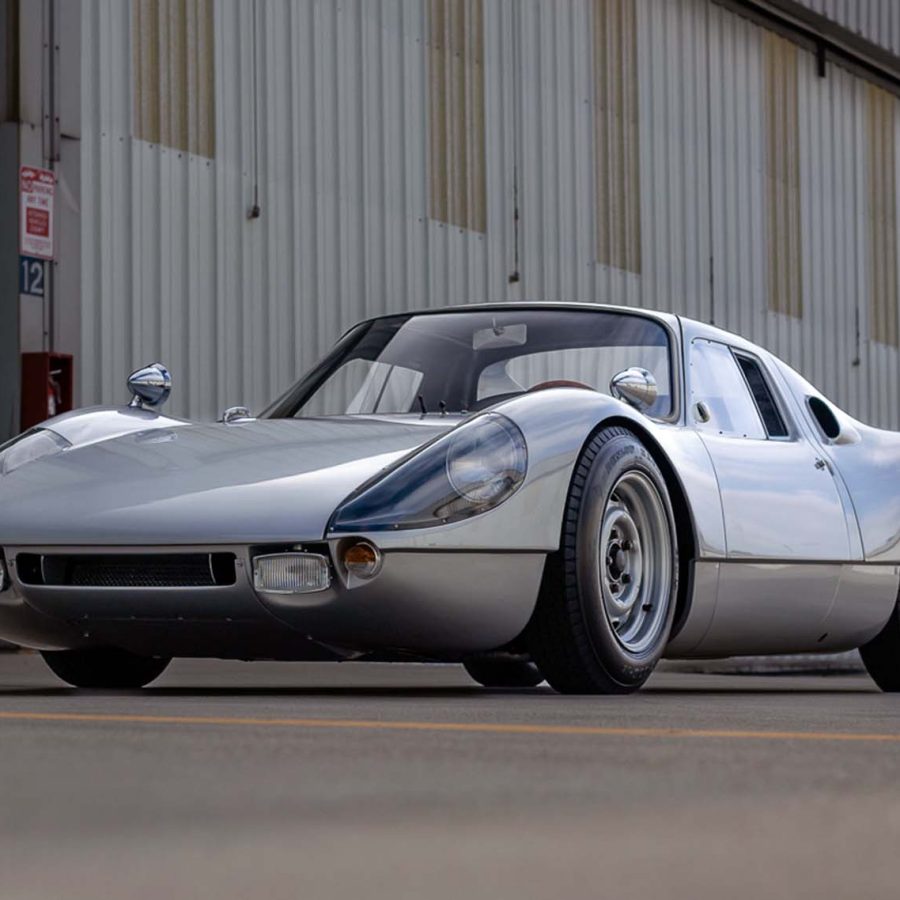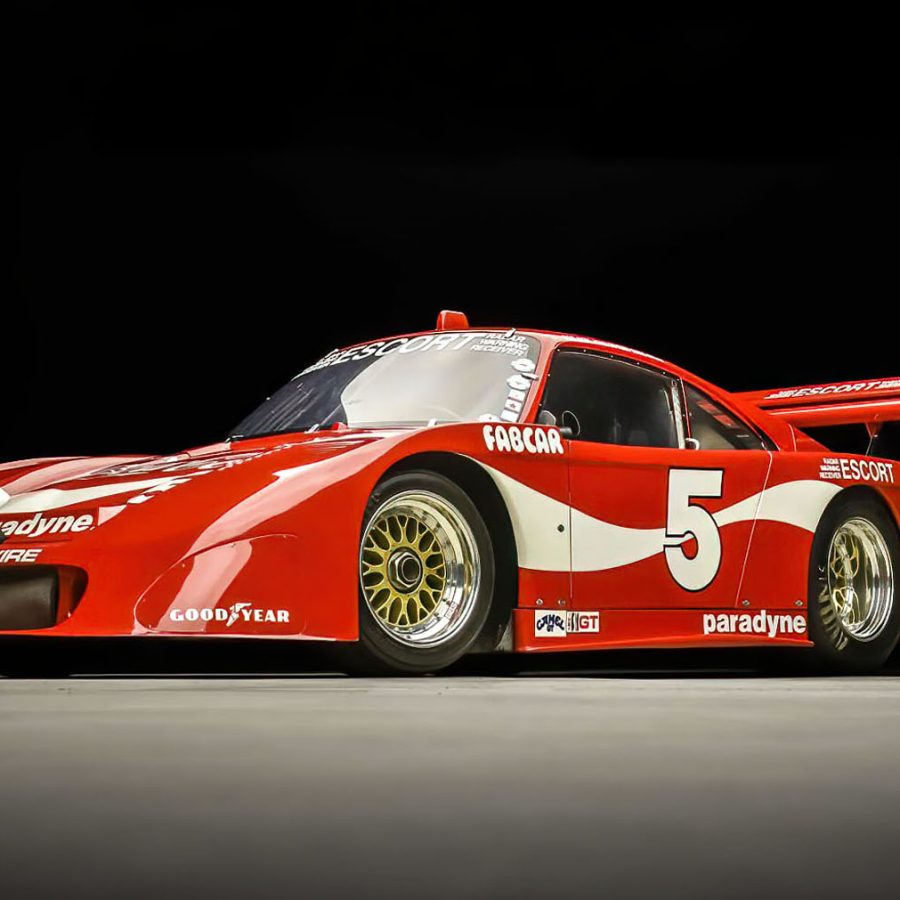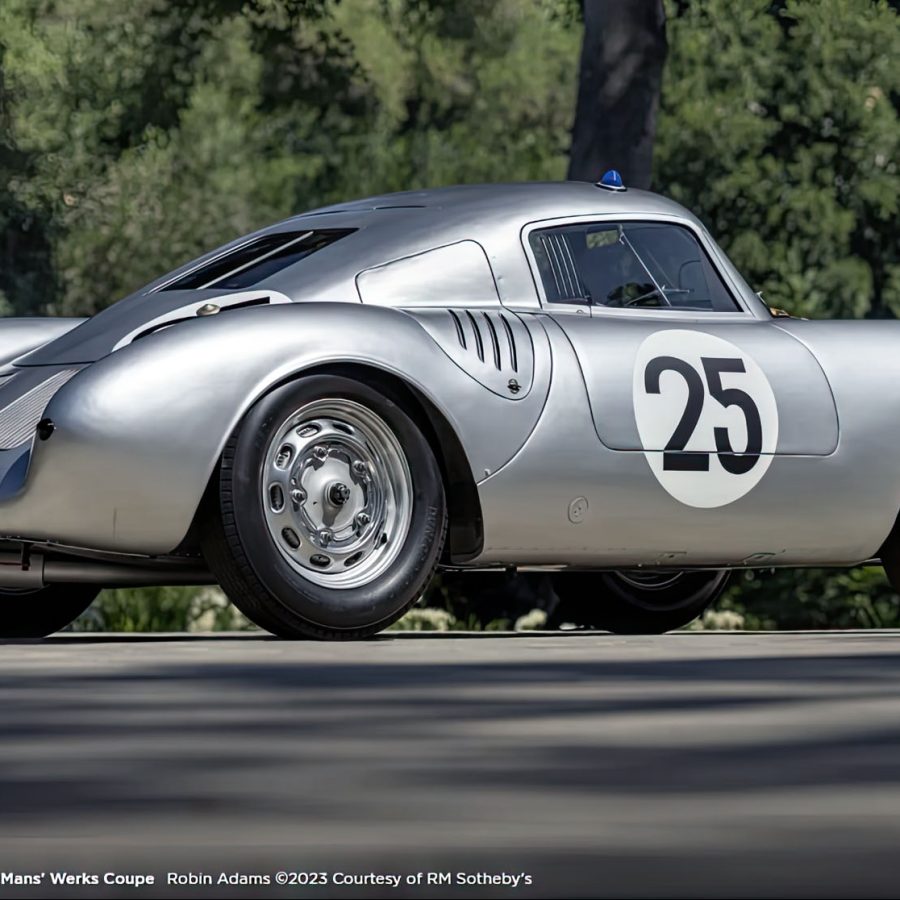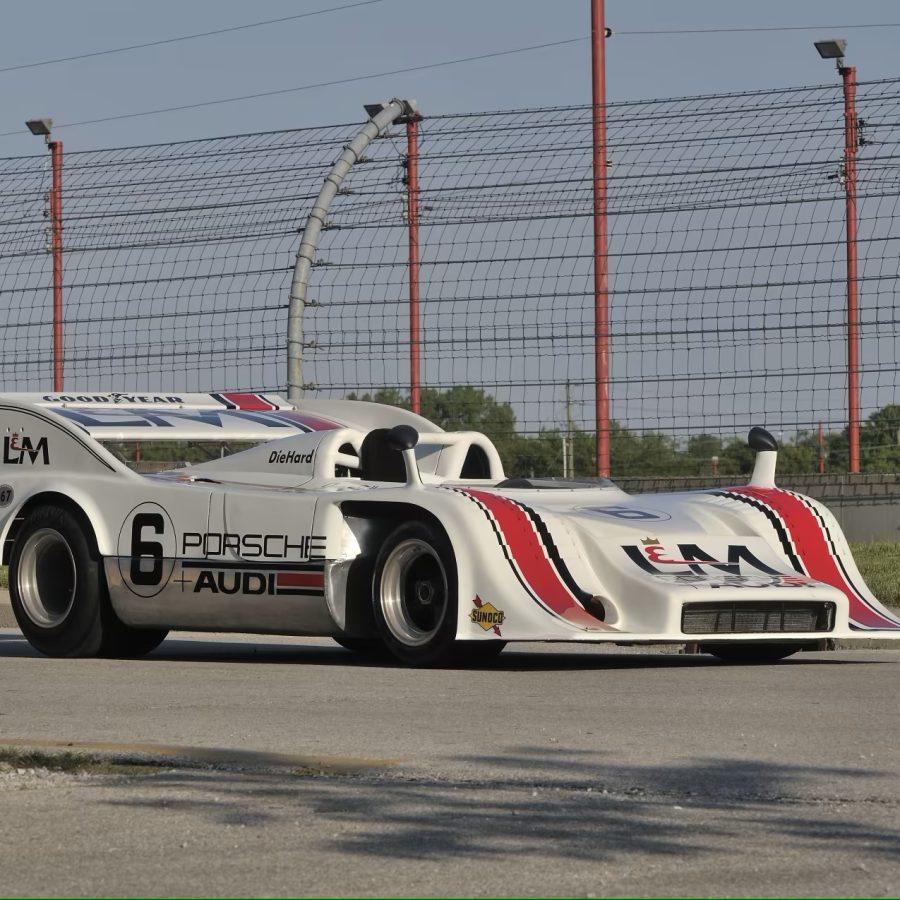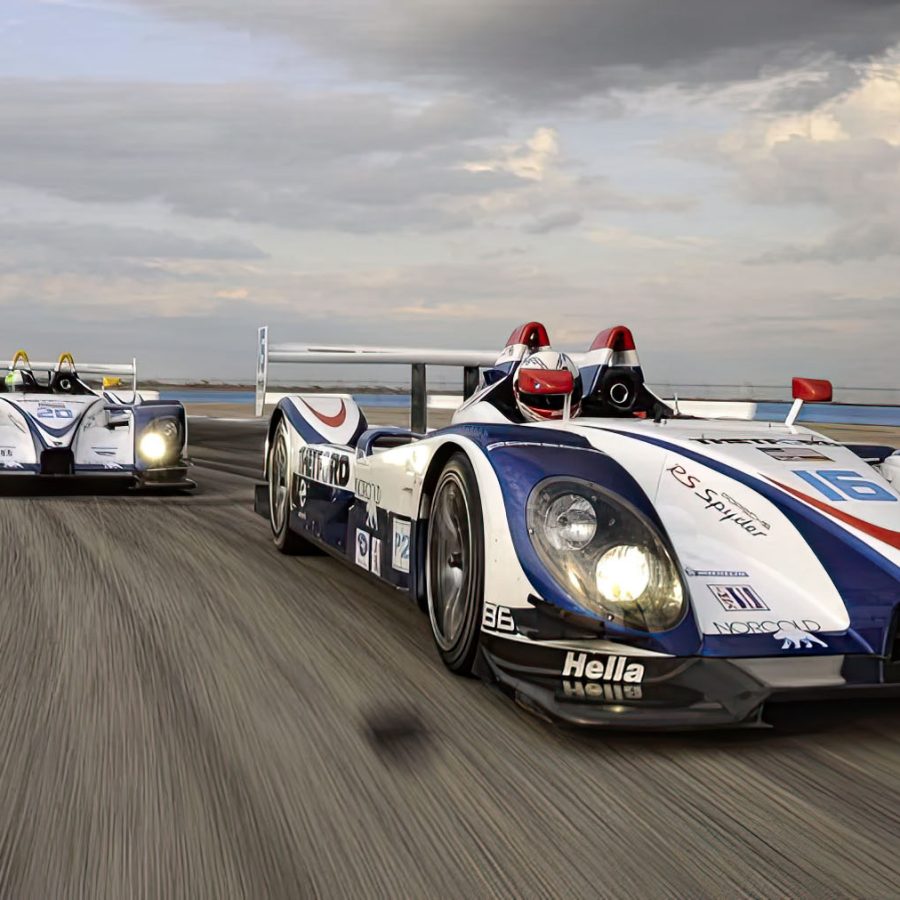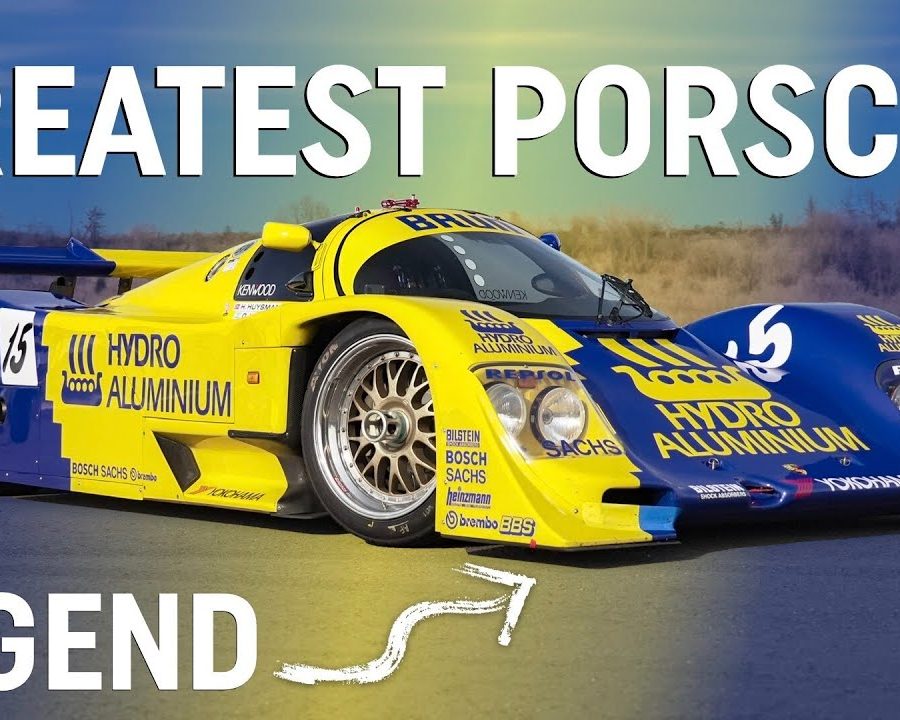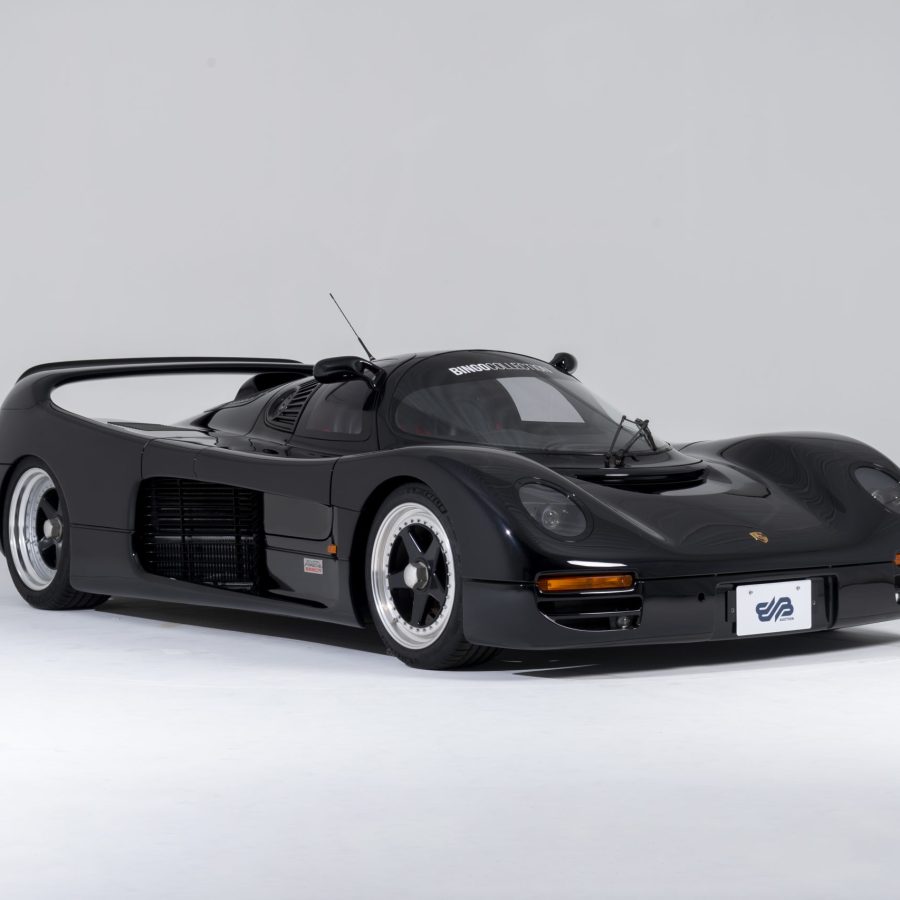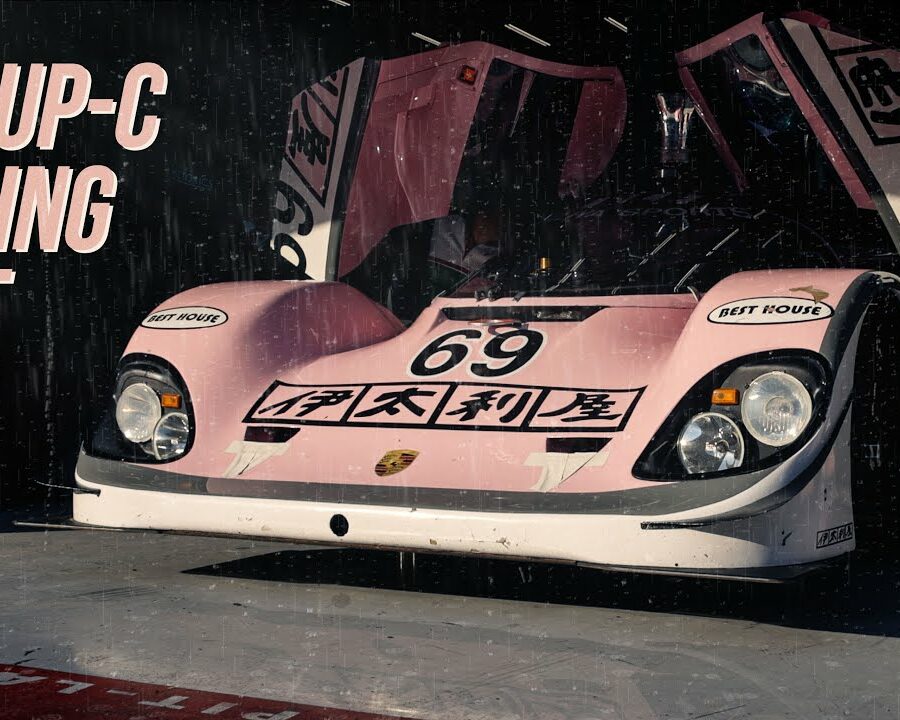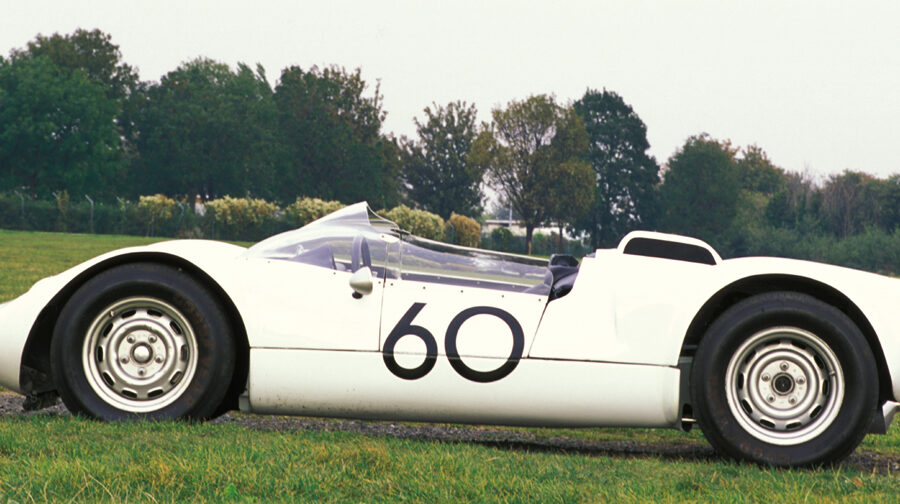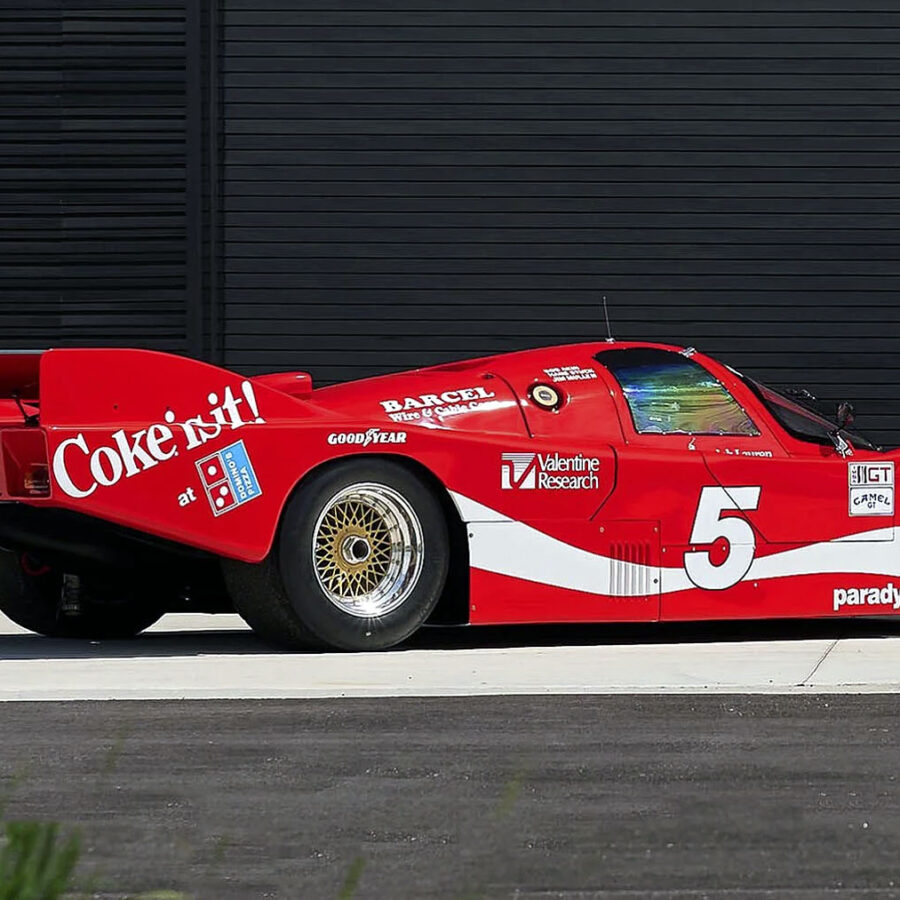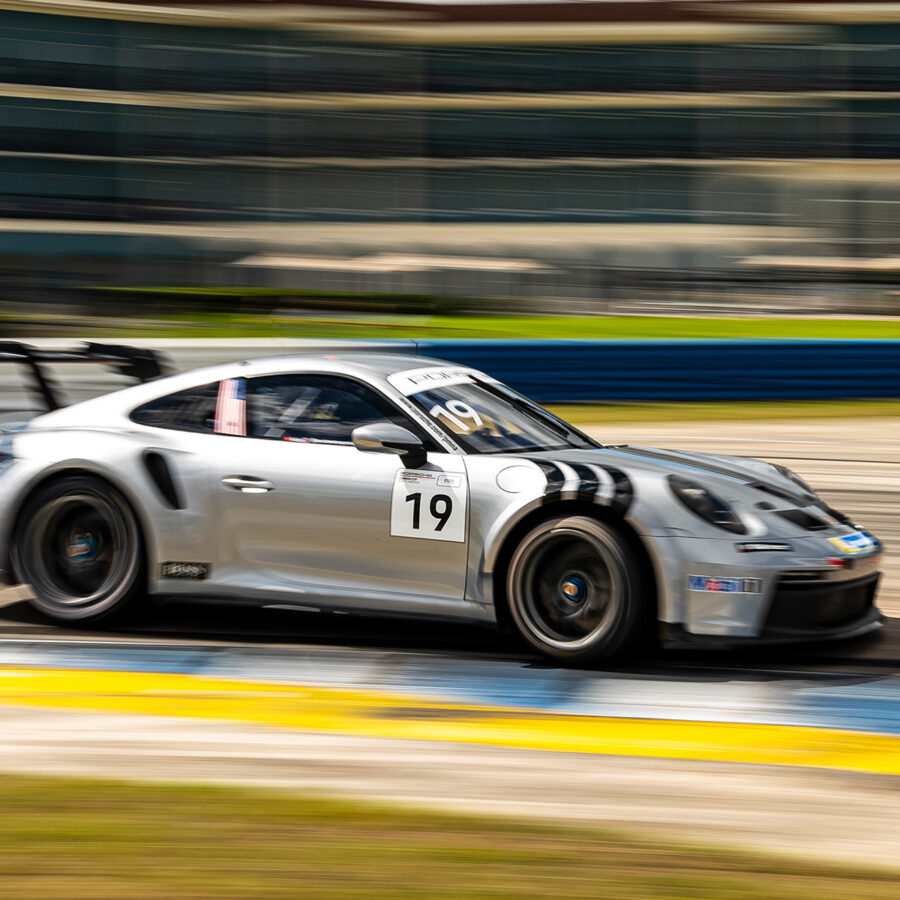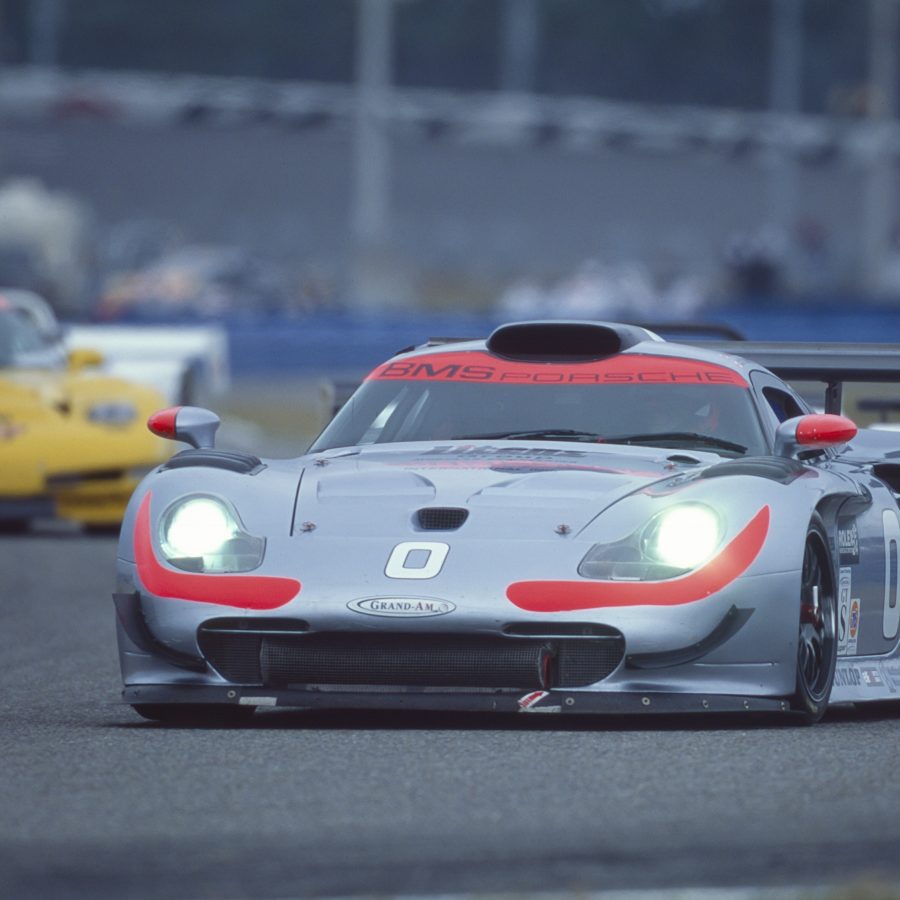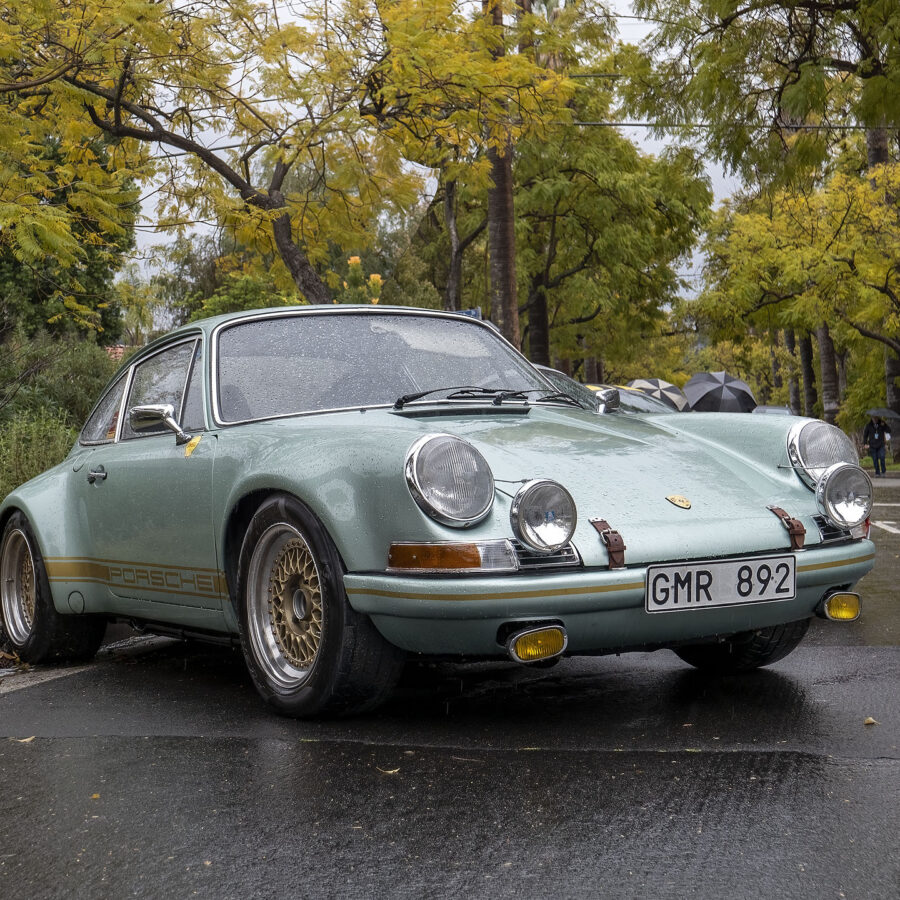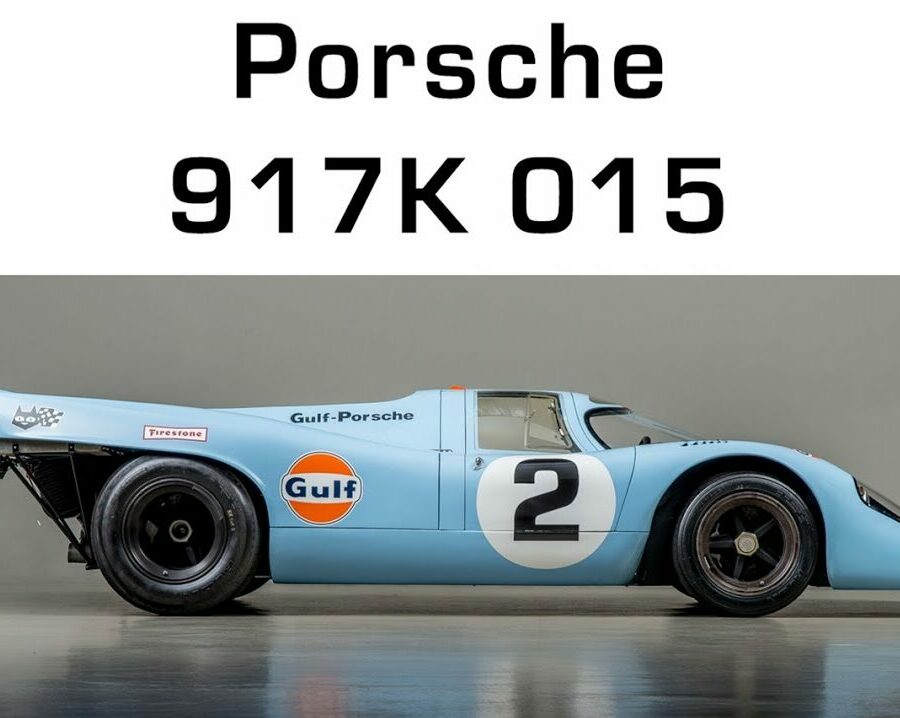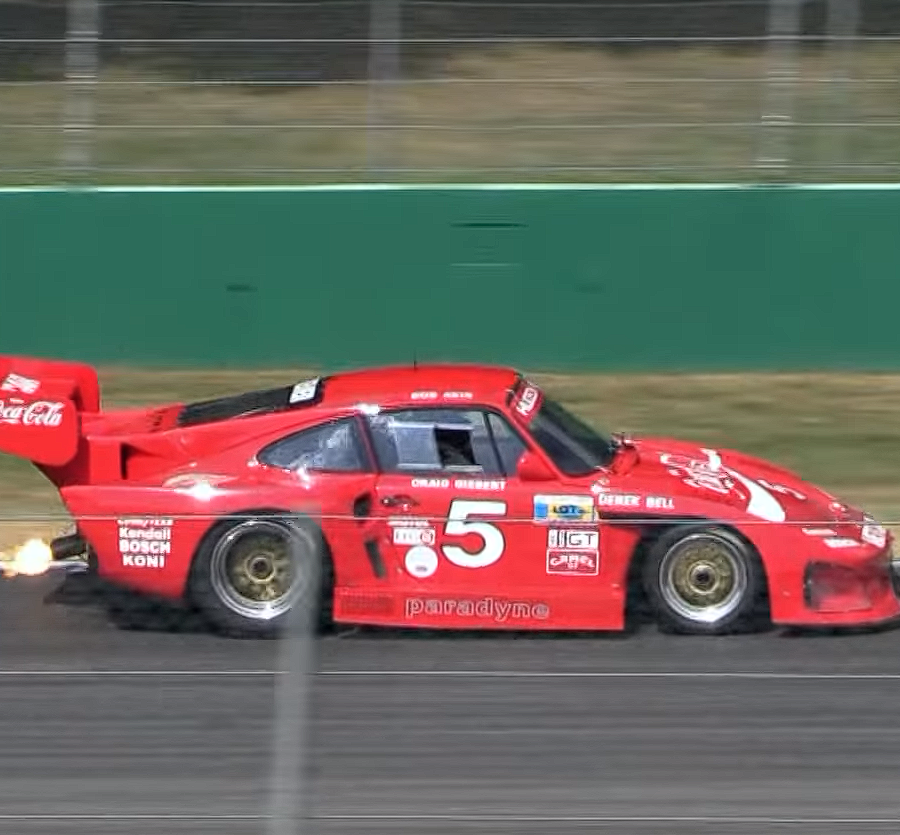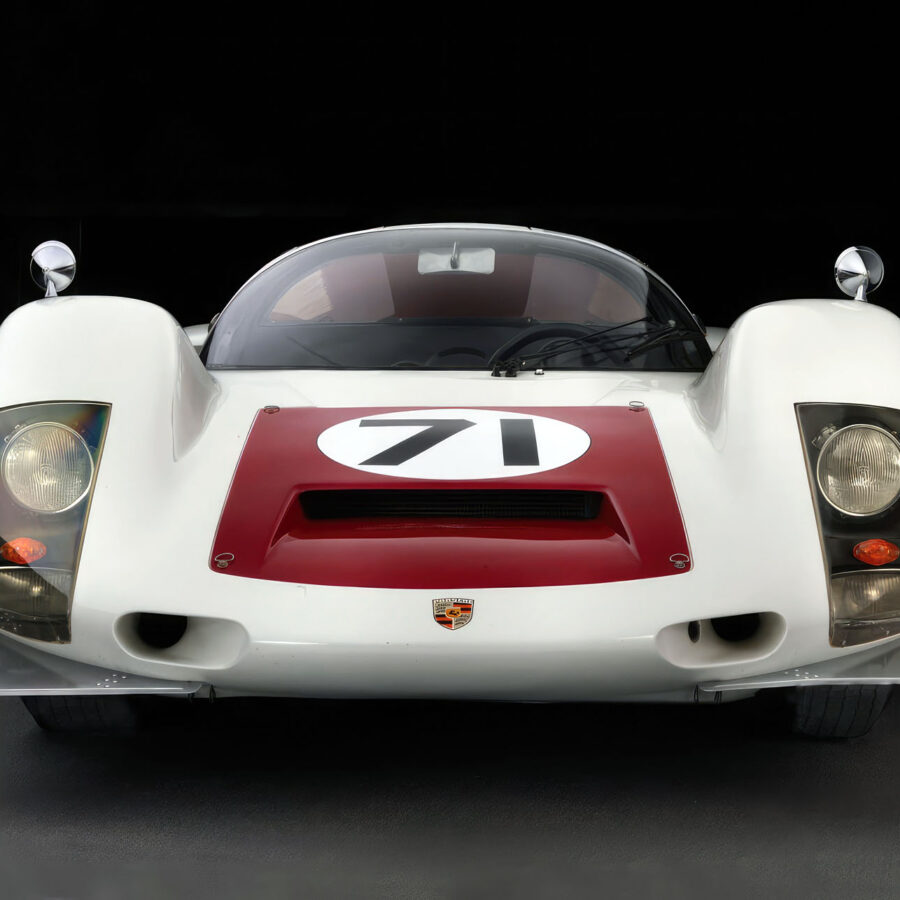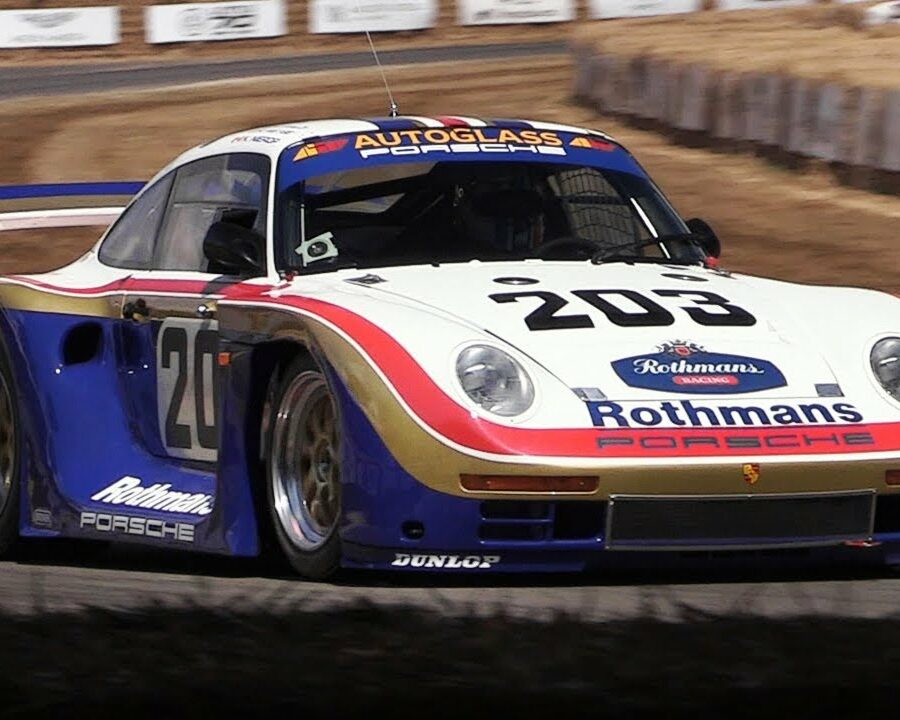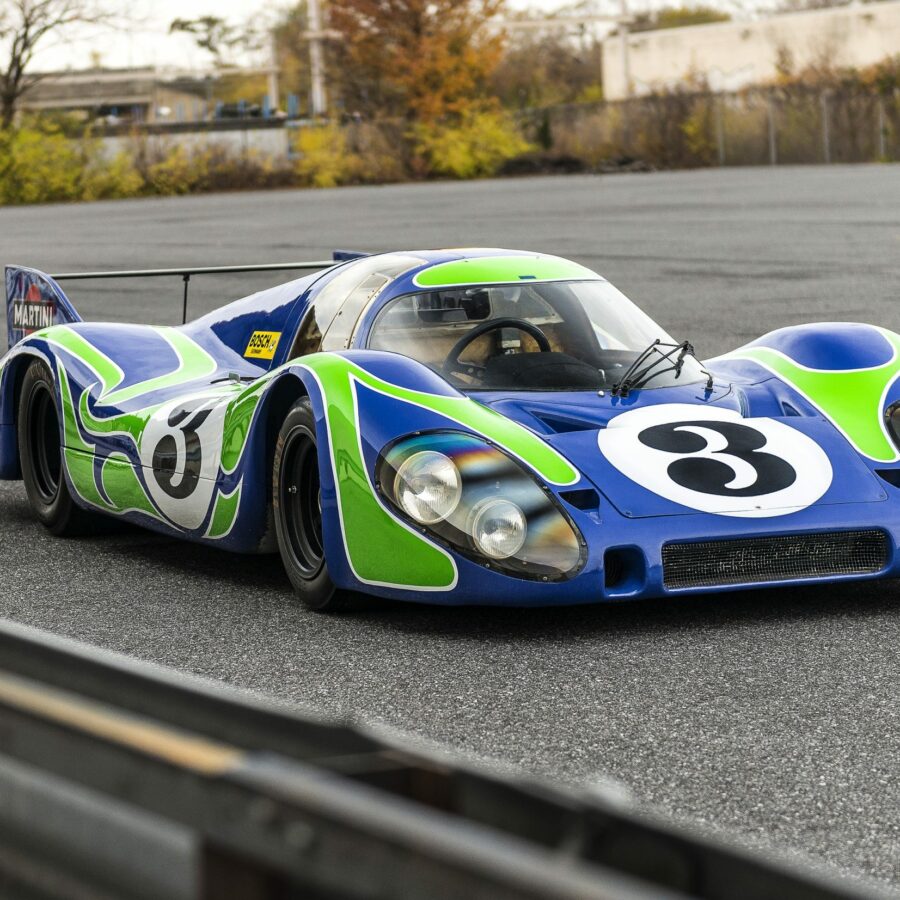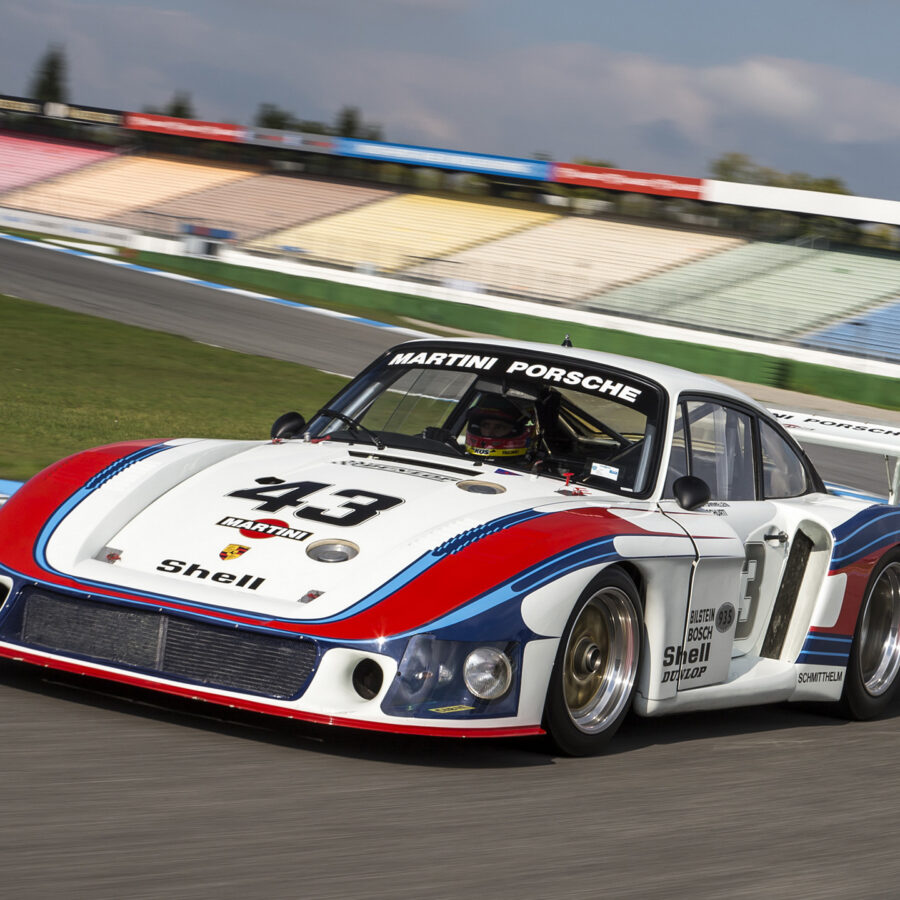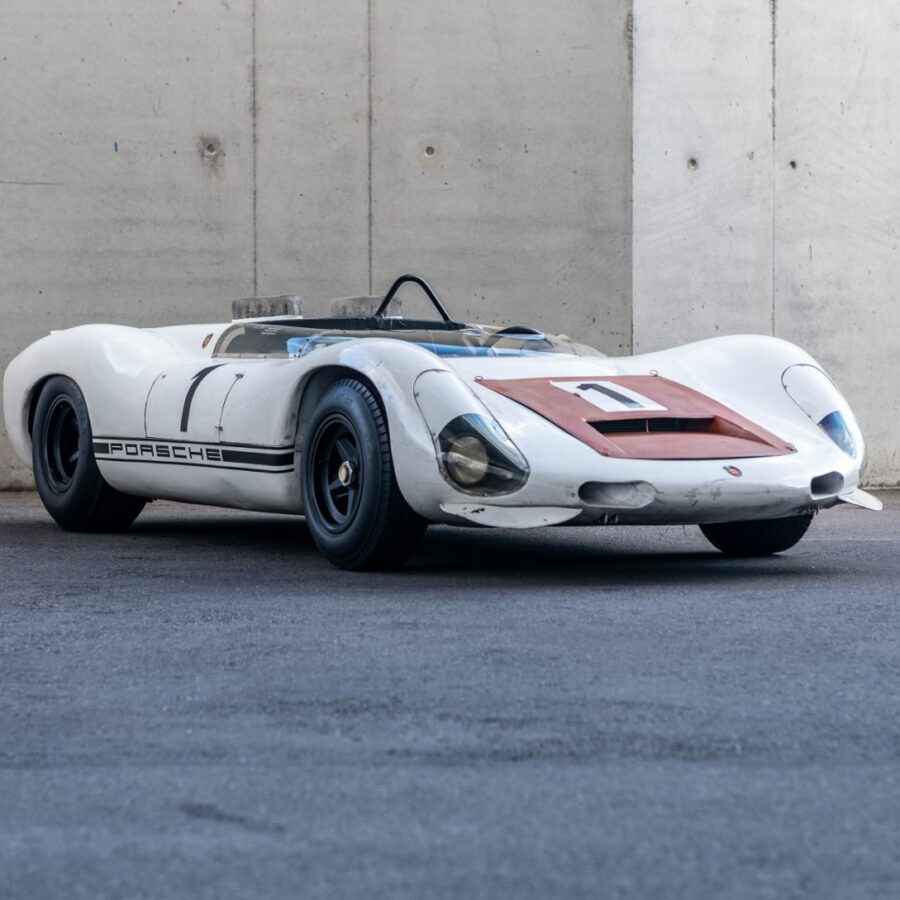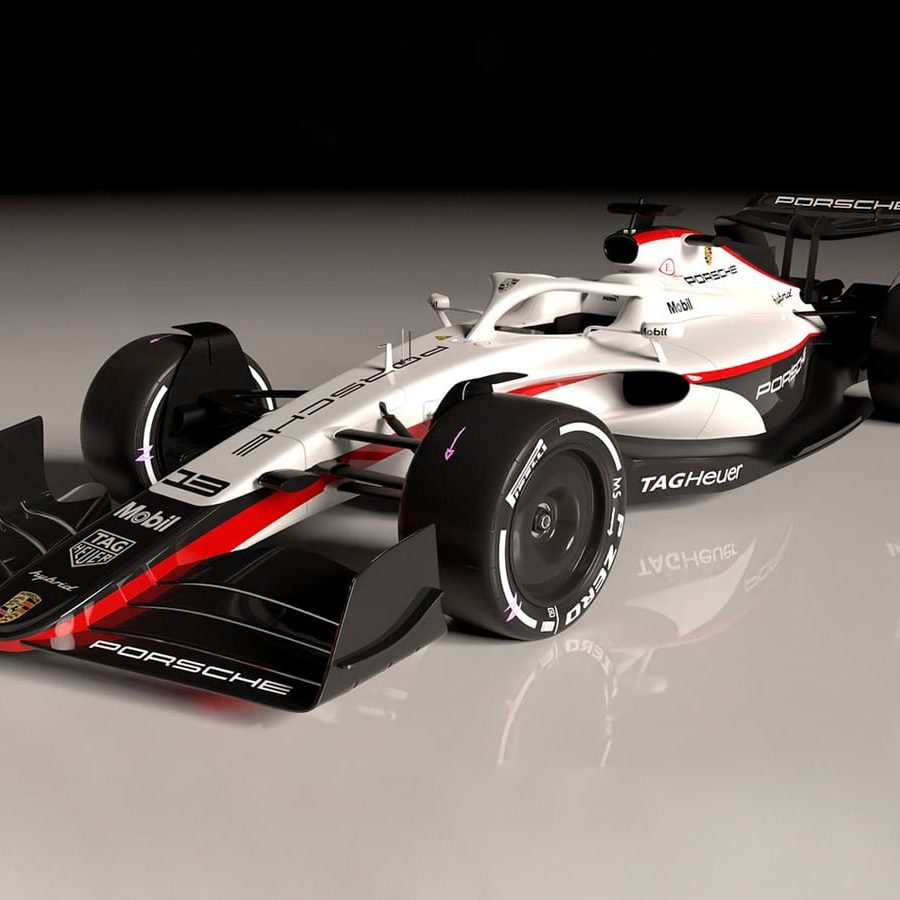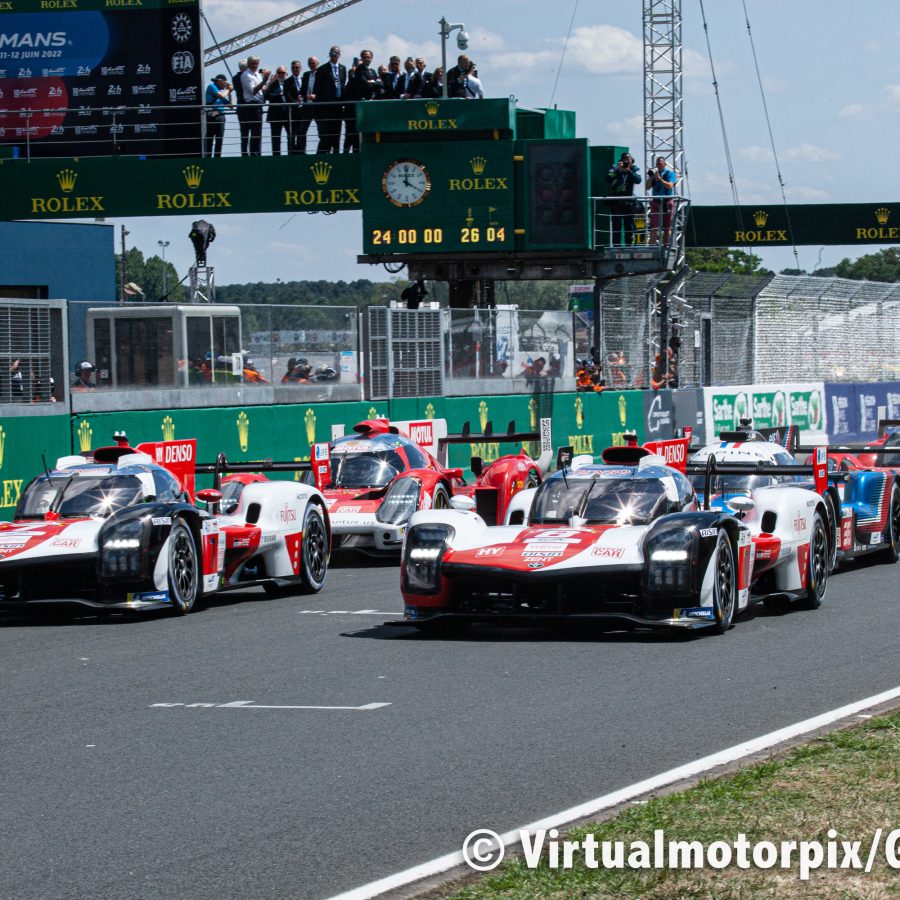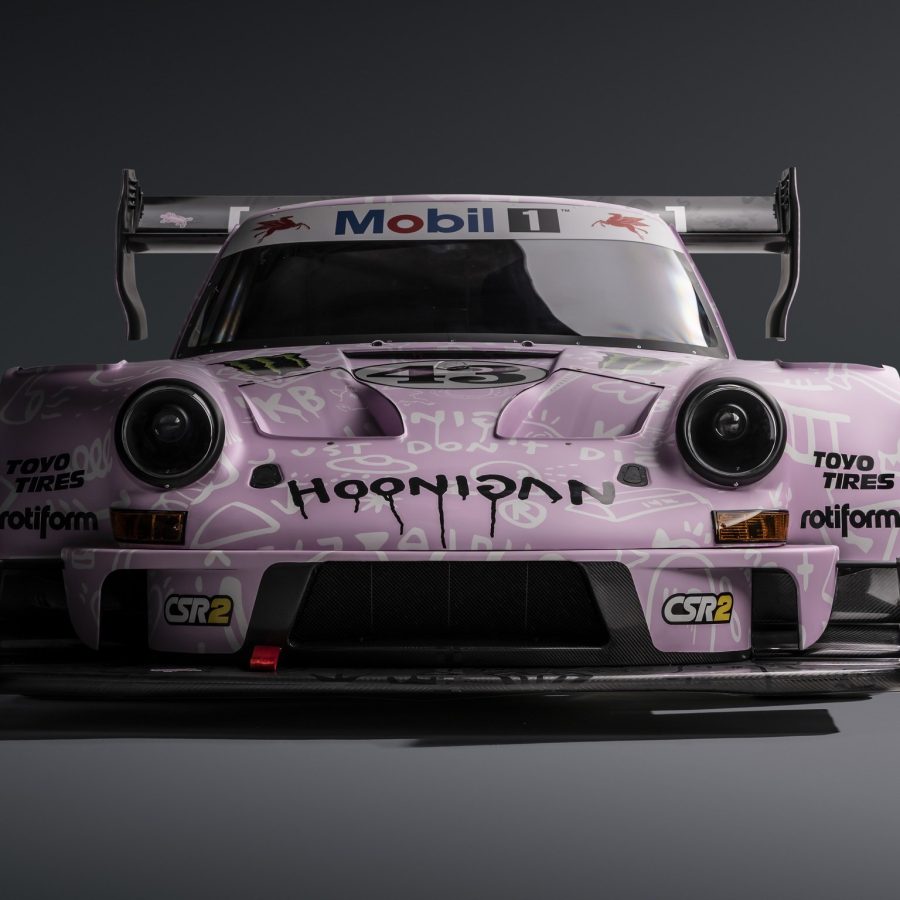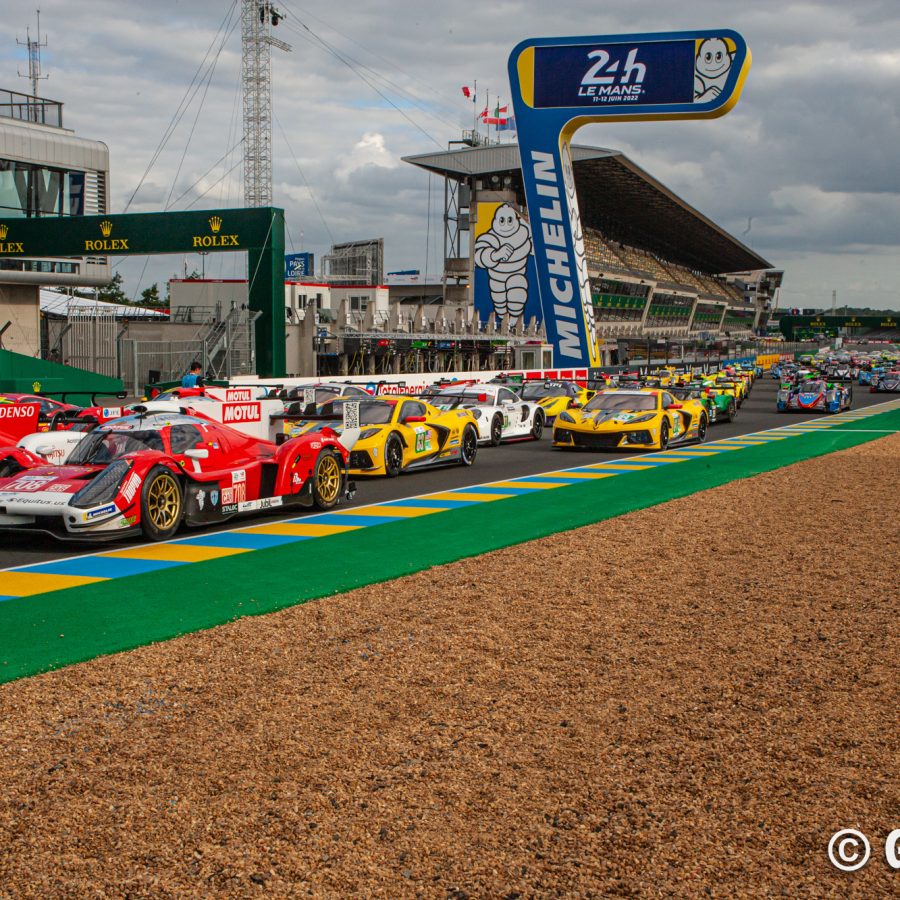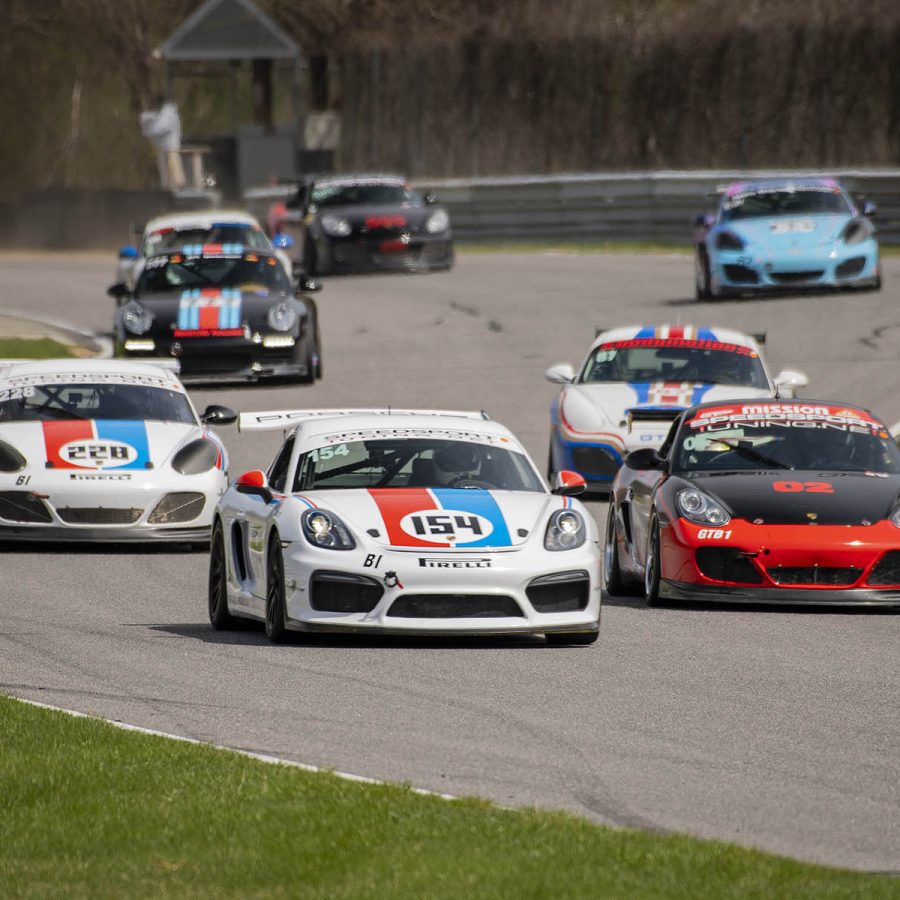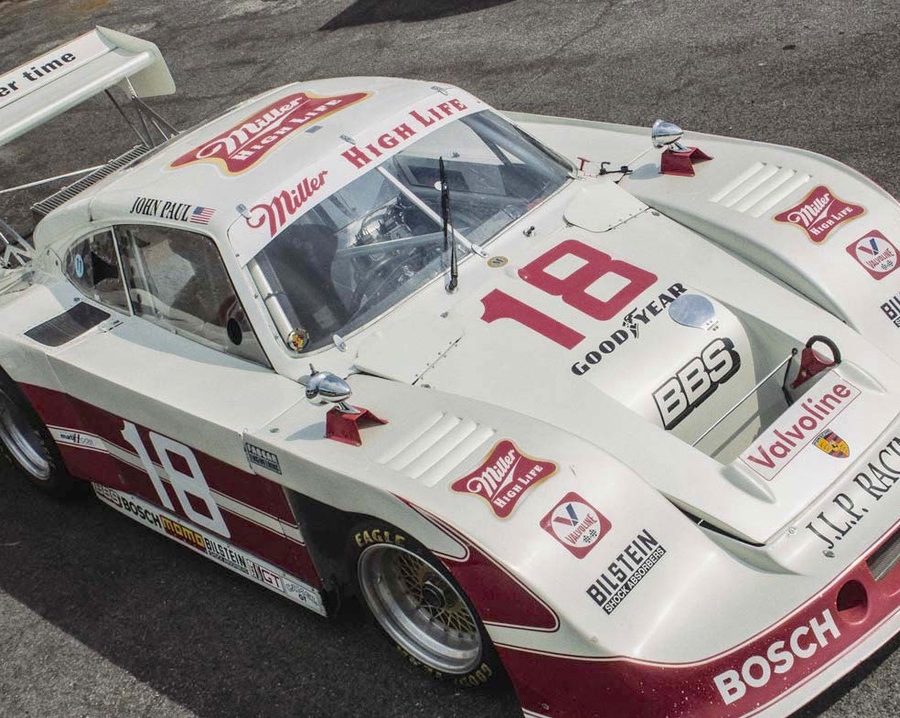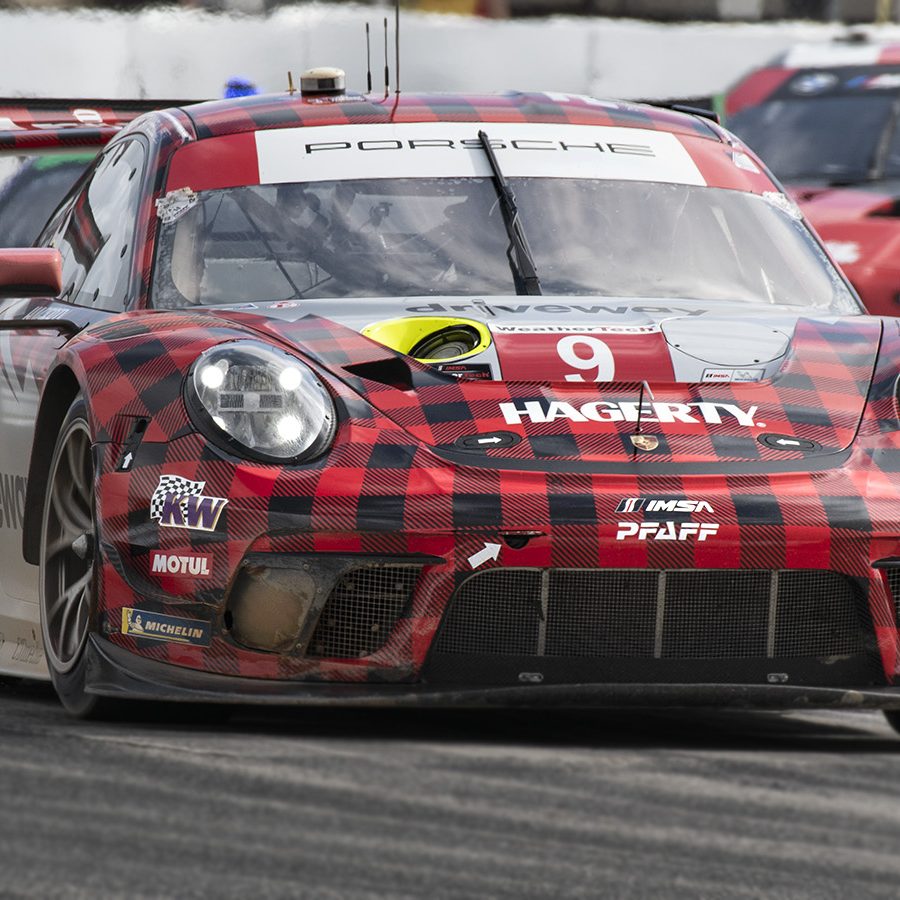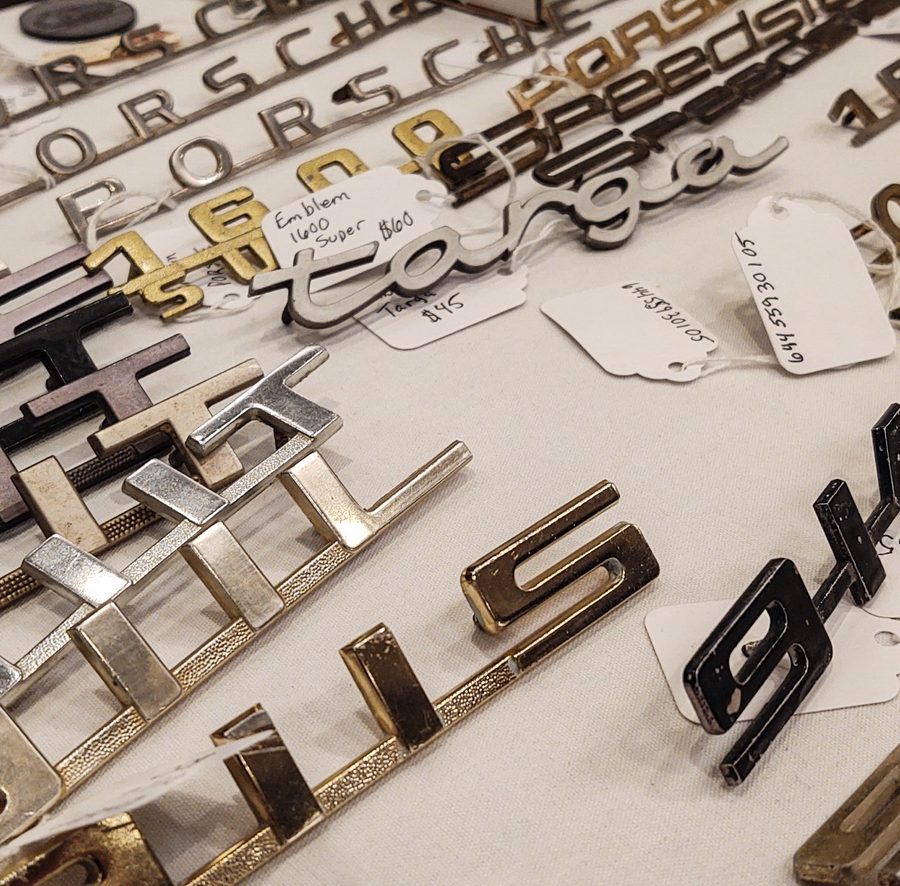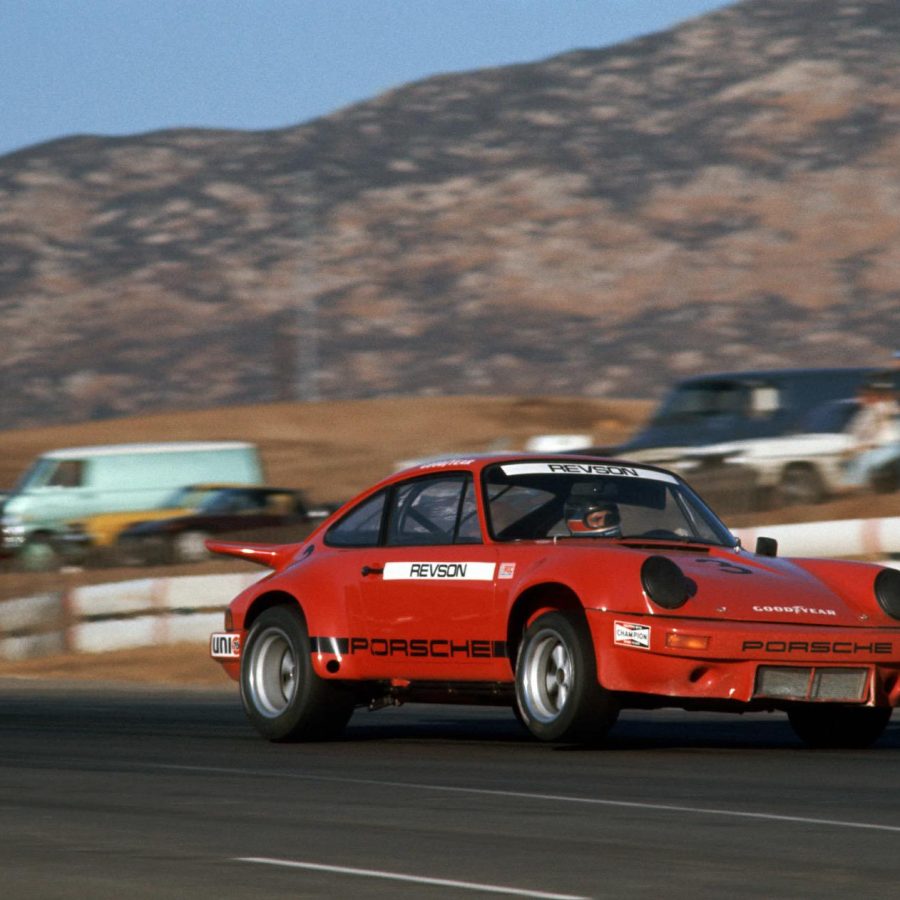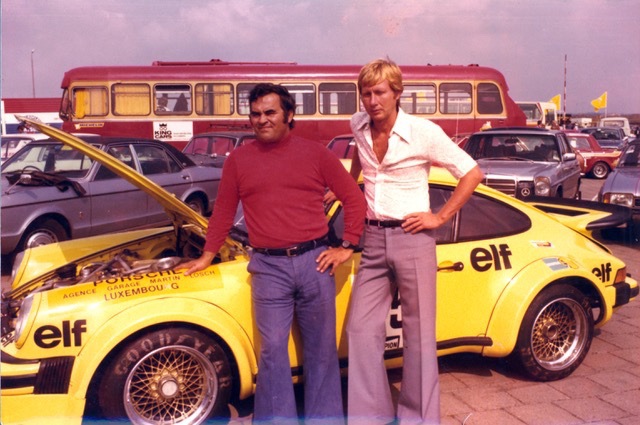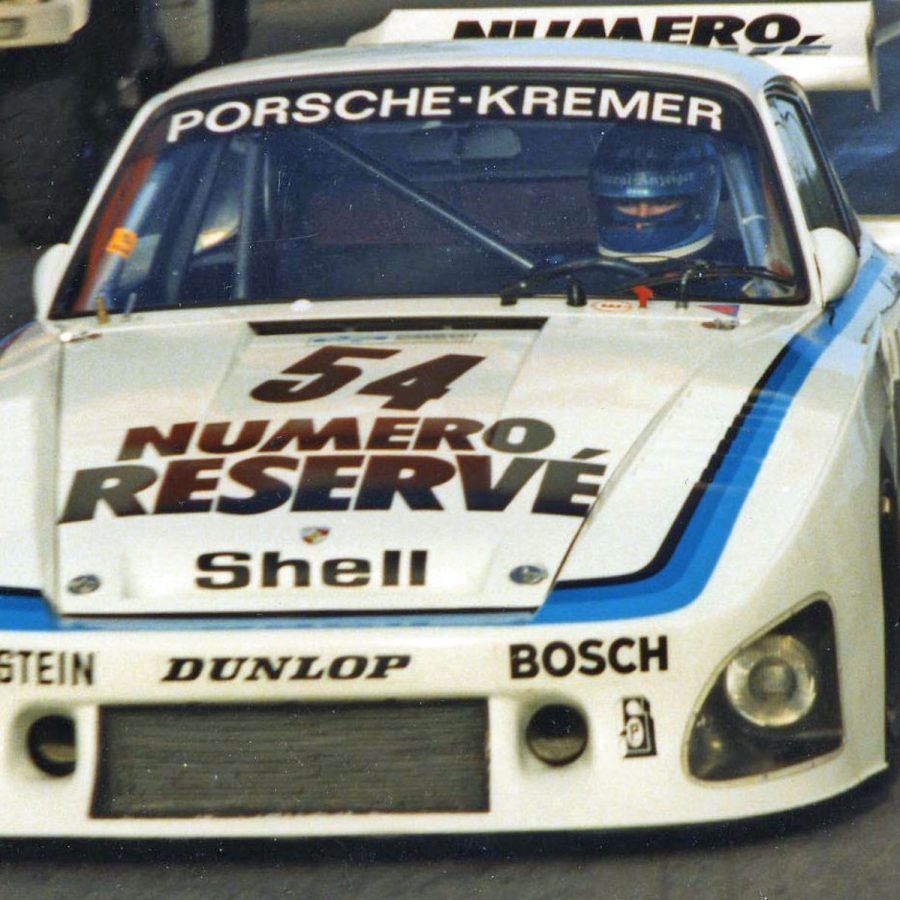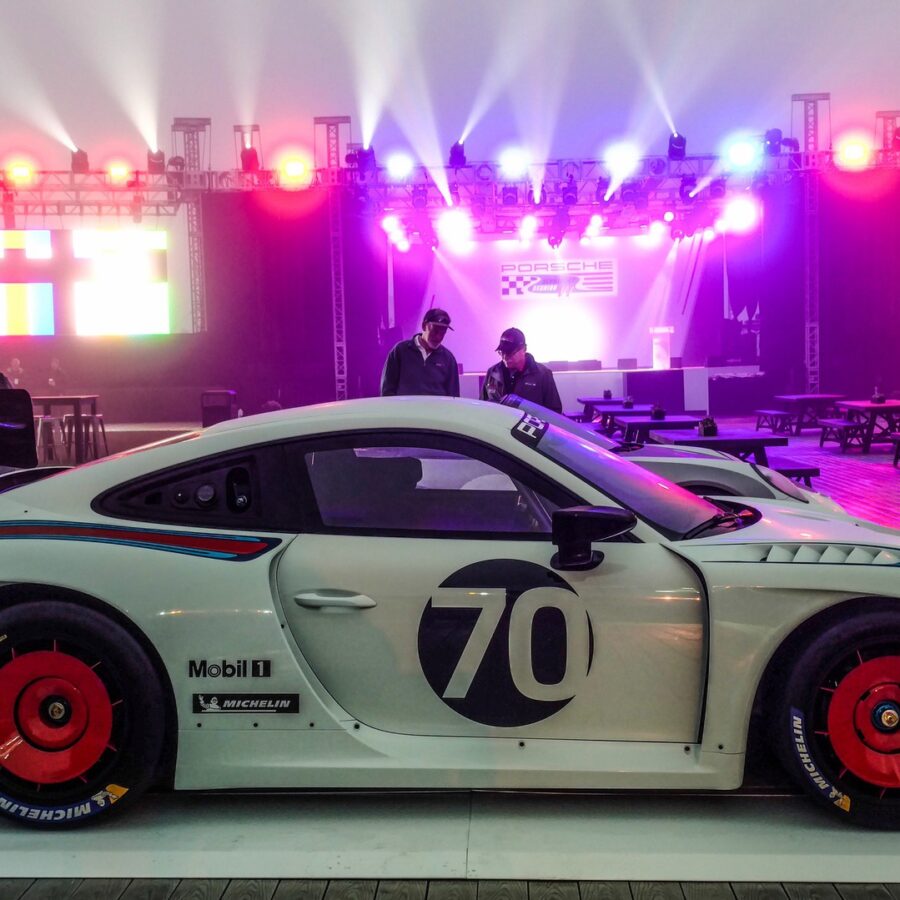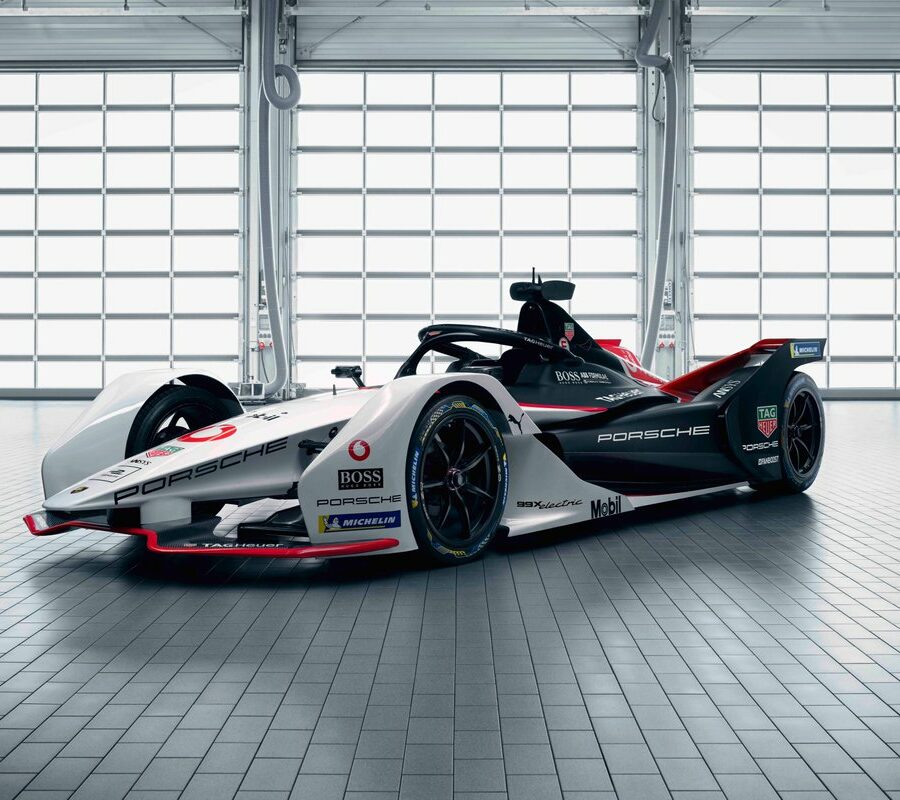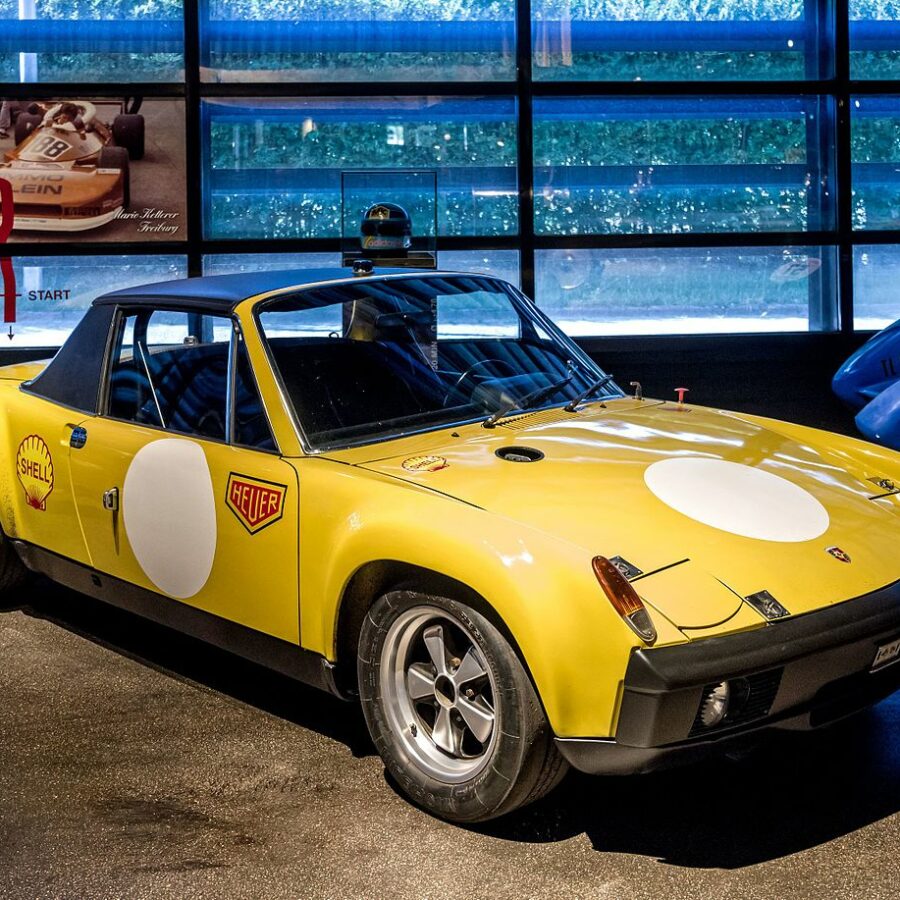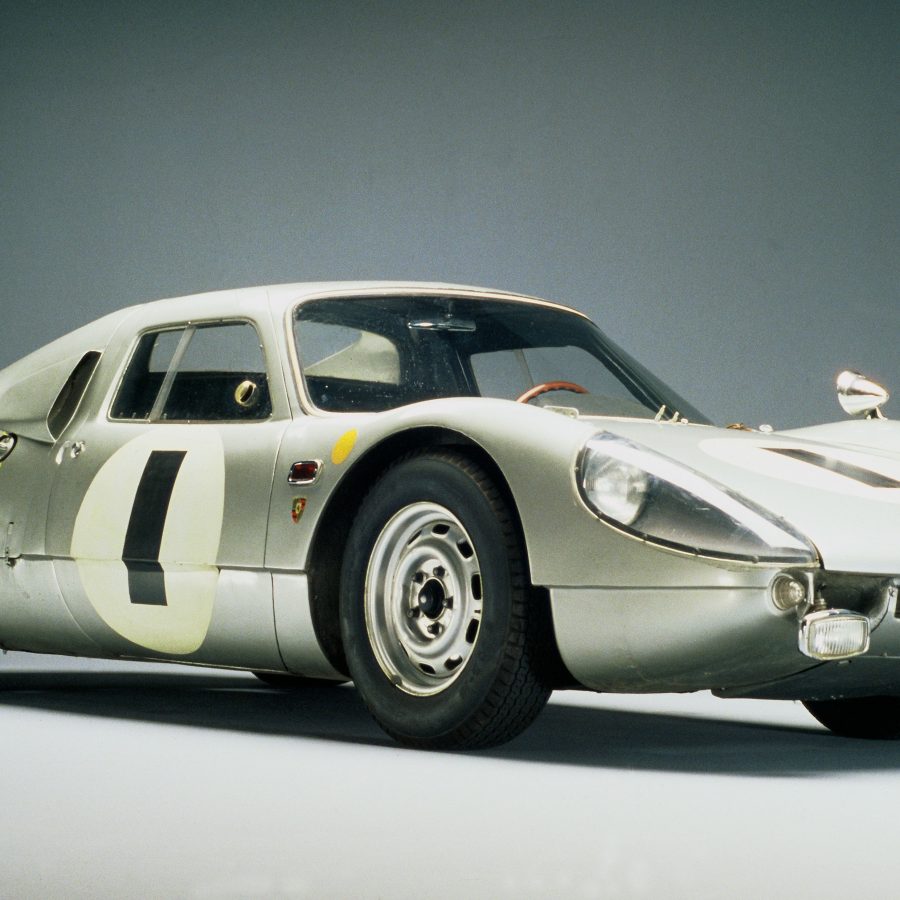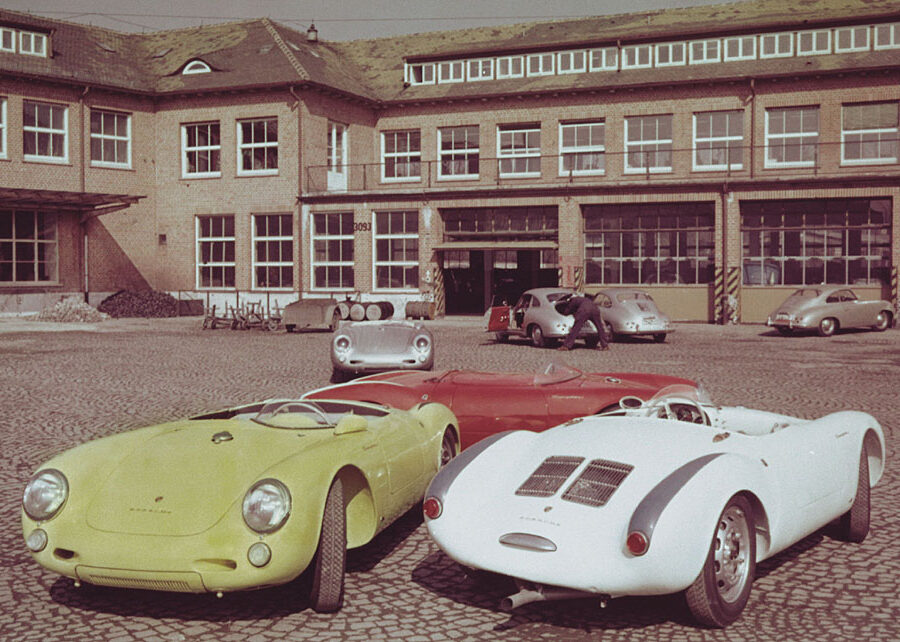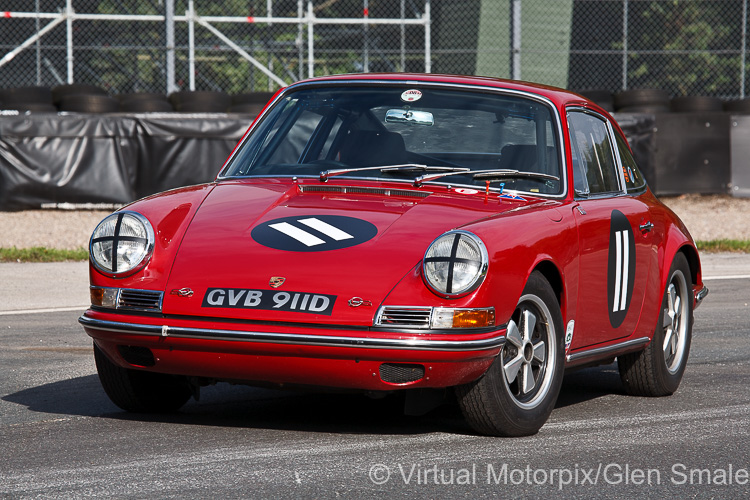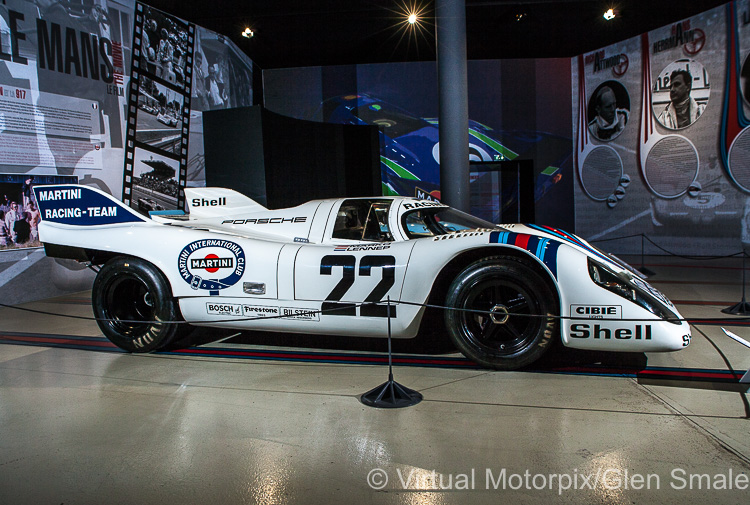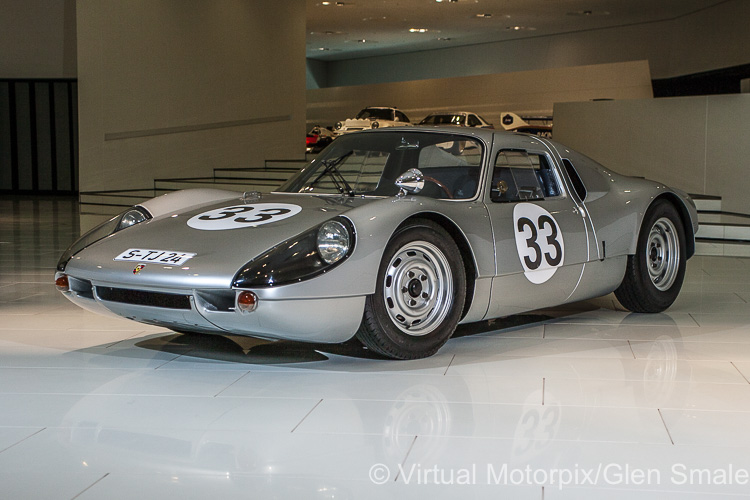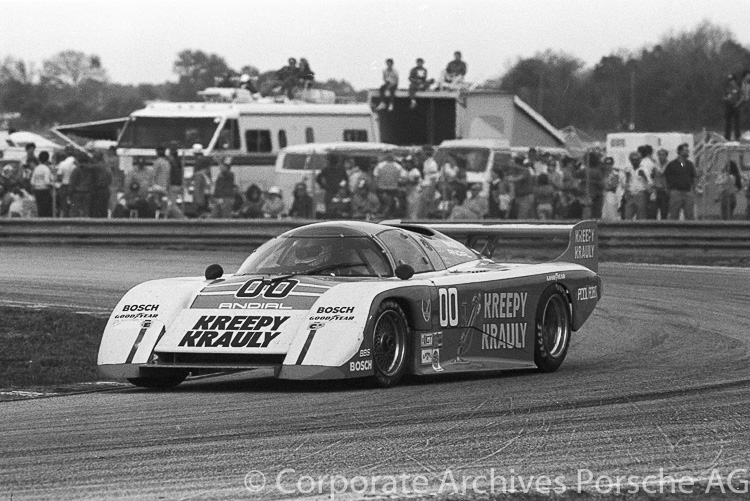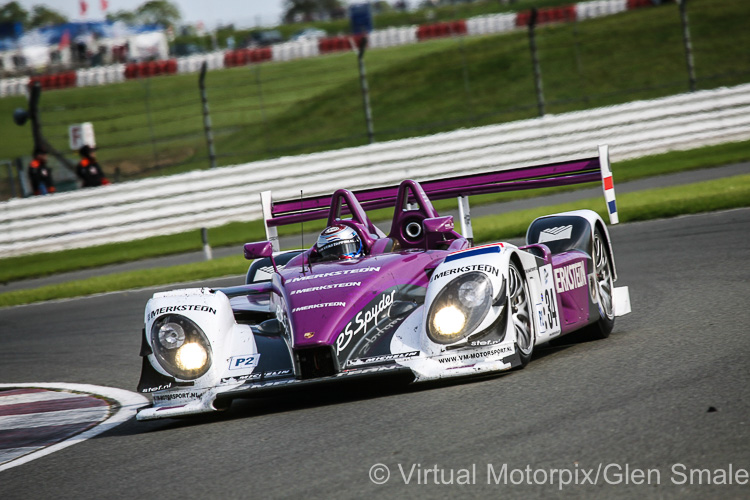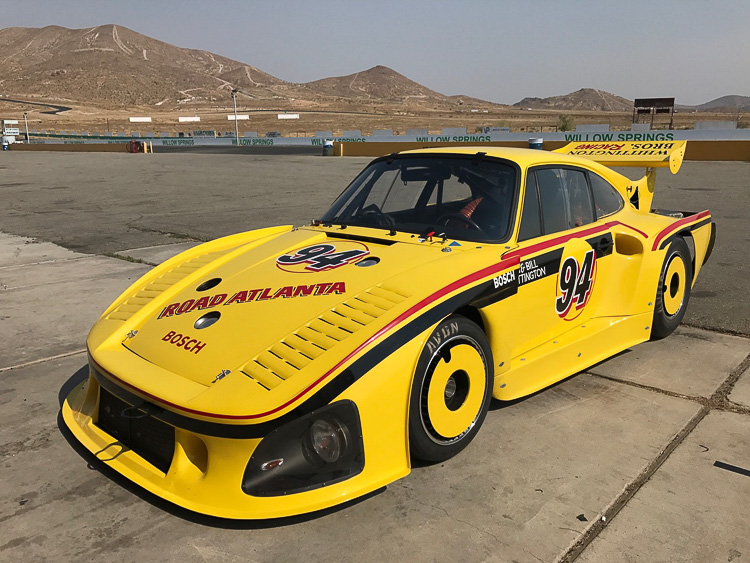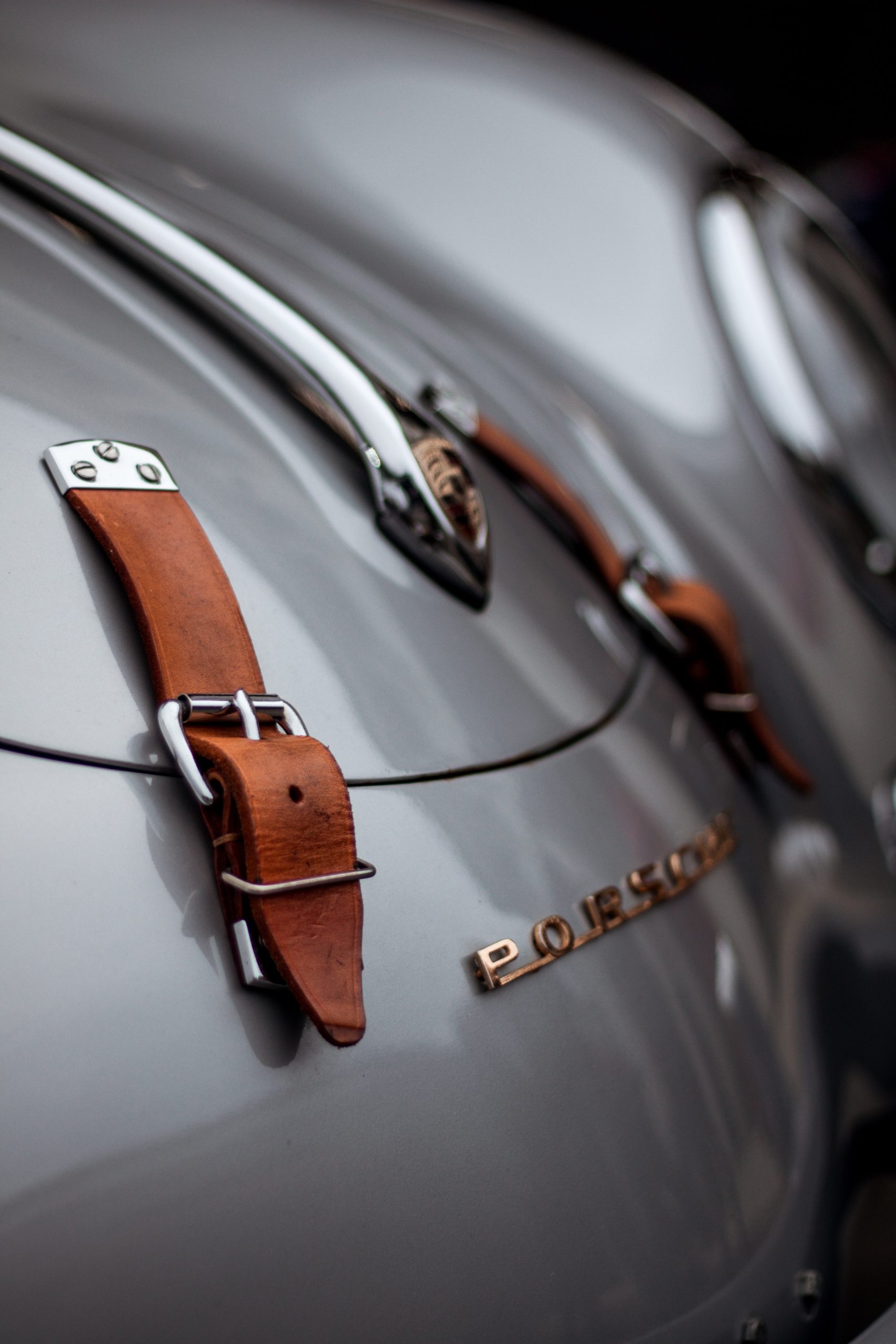Porsche Race Cars
The new Porsche 99X Electric
Gen3 EVO spec racer awaits 2025 season
Iconic Porsche 550 RS Spyder Hits the Market
One of the last Porsche 550 RS Spyders produced, out of a total of 90
Luftgekühlt in Copenhagen
Porsche culture juggernaut rolls into Scandinavia
Porsche Penske Motorsport dominates Road America
Spectacular double victory in the thrilling IMSA race at Road America
1966 Porsche 906 Carrera 6
$2M Porsche Prototype heads to Monterey
Porsche Heritage and Museum at Solitude Revival
A high-octane journey back in time!
2024 Icons of Porsche Festival
Estimated 50,000 attendance
Air | Water’s SoCal debut makes a splash
The second iteration reflects a dedicated and growing following
Porsche Rarities Heading to Air | Water
Broad Arrow Auctions to offer exclusive Porsche samplings
FOR SALE: 1966 Porsche 906 Carrera 6
Successful Italian period racing history
2024 Targa California Rally
Successful 15th iteration includes IROC group
Porsche 917K with unique history
Racing milestone comes to market
Porsche seeks Sebring 12 Hour Victory in 2024
Can Porsche Penske claim Porsche’s 19th overall win?
Luftgekühlt goes to Europe!
Summer shows in Wroclaw, Poland, and Copenhagen, Denmark
Porsche 959’s unique history with the Nissan R32 GT-R
Was the first modern Supercar reverse engineered?
1957 Porsche 356A 1500 GS/GT Carrera Speedster
The ultimate GT Speedster comes to light?
Rennsport Reunion 7 Video collection
Porsche shares highlights from the seventh "family gathering"
Porsche Museum turns 15
A monumental undertaking continues to thrive
Luftgekühlt spin-off Air-Water show comes to SoCal
Tickets now available for Air | Water, April 27, 2024
TAG Heuer Porsche Formula E Team wins season opener in Mexico
Both Andretti Formula E Porsches earn points
2019 Porsche 935
Porsche track-day 935 on BaT
1969 Porsche 908/02 “Flunder”
Available is one of Porsche’s most successful racers
Porsche Pilgrimage – The Porsche Museum
A bucket-list trip provides inspiration and food for the soul
Porsche Of The Day: 1976 Porsche 934 Race Car
Won the 1977 24 Hours of Le Mans Group 4 GT class category
Rennsport Reunion 7
For the love of Porsche
Rennsport Reunion 7: Opening highlights
The biggest Porsche party ever is finally here
The Dauer Deception
Porsche’s 1994 Le Mans 24 victory
The Schuppan Porsche 962CR
Porsche's endurance titan and road-legal mastery collide
Historic 935 and 904 Porsche duo arrives in Monterey
Gooding & Co to auction significant chapters in Porsche's history
“End of the road” Fabcar Porsche 935/84
Highlight from WOB CARS' Porsche 75th Anniversary Race Car Collection
1956 Porsche 550A Le Mans Coupe
Factory werks prototype recalls Porsche's early competition era
2007 Porsche RS Spyder
Porsche prototype heads to Monterey Car Week
Porsche’s Kangaroo: 1964 Porsche Bergspyder
Enjoy this article originally published on VintageRacecar.com in 2003!
Market Place: 1984 Porsche 962
Porsche 75th Anniversary Auction | Estimate: $1,000,000 - $1,300,000
Market Place: 1990 Porsche 962C #154
Artcurial Motorcars to auction historic Porsche 962C
Porsche produces its 5,000th Carrera Cup 911 racer, and it’s a VIP one-off
At the end of November 2022, Porsche produced the 5,000th one-make cup racing cars based on the Porsche 911
2023 SoCal Porsche Week
Would a blizzard stop the show?
1966 Porsche 906 “Carrera 6”
Excerpts from Miles Collier as he explains a case study in archaeological restoration.
24 Hours of Le Mans 2022
Celebrating 24 Heures du Mans' 90th Anniversary Race
Le Mans 24 Hours Race Week
A pre-race teaser of the exciting weekend to come.
A Brief History of JLP-4
There are 935s, and then there are 935s…
IROC Porsches: The 935 & the International Race of Champions
The made-for-TV IROC series was a remarkable innovation and the genesis of the all-conquering 935.
Porsche Formula E – The 99X Electric (2019)
Spark Formula E with Porsche 99X powertrain (2019)
Porsche 904 – The Story
Porsche’s Type 904, officially called the Carrera GTS because Porsche and Peugeot were in dispute over numeric designations with “0” in them, succeeded the RSK Type 718 as the last sports-racing iteration of the 356 series.
Porsche 550 – The Story
By the early fifties Porsche found that modified production cars would no longer win races. The 550 was the answer. The original giant killer had arrived.



